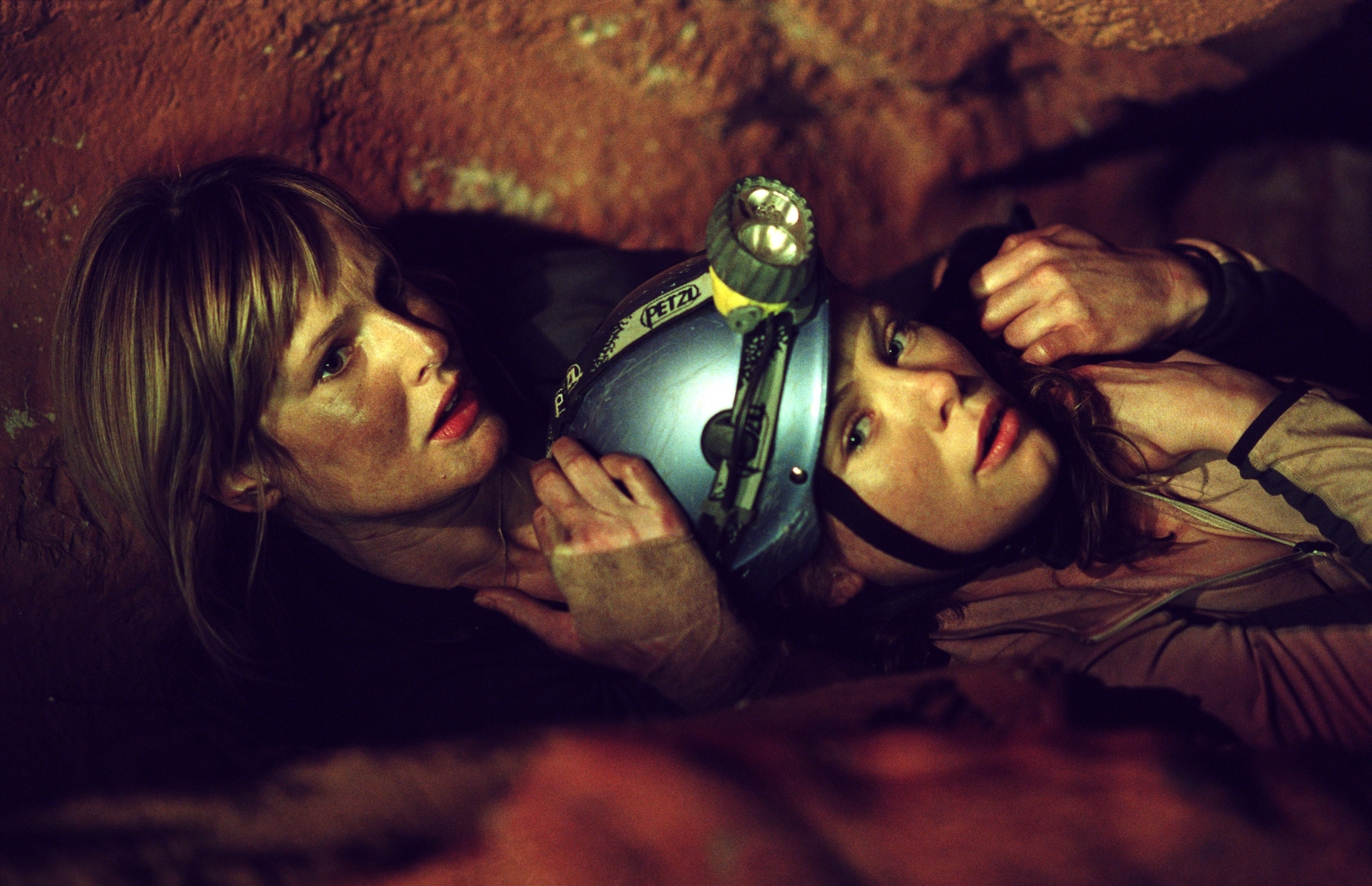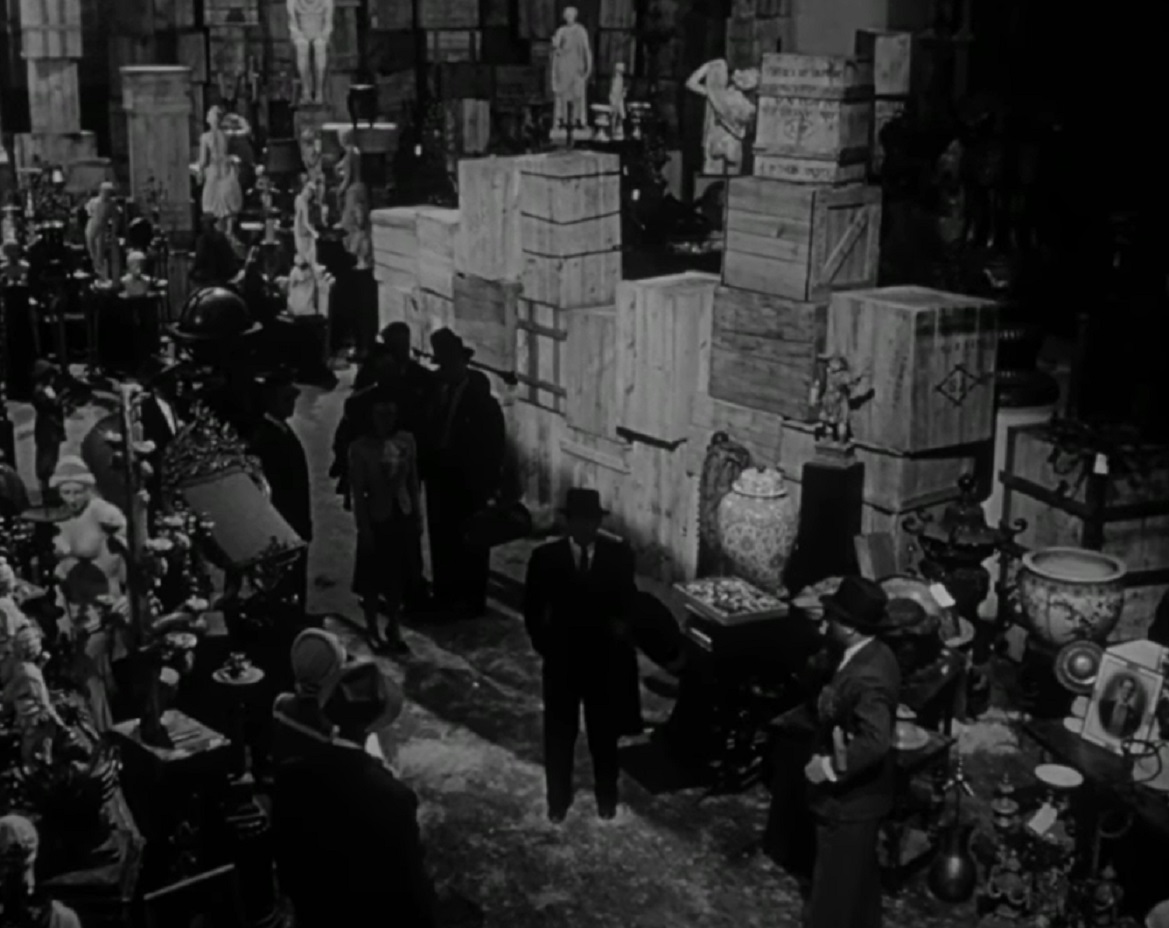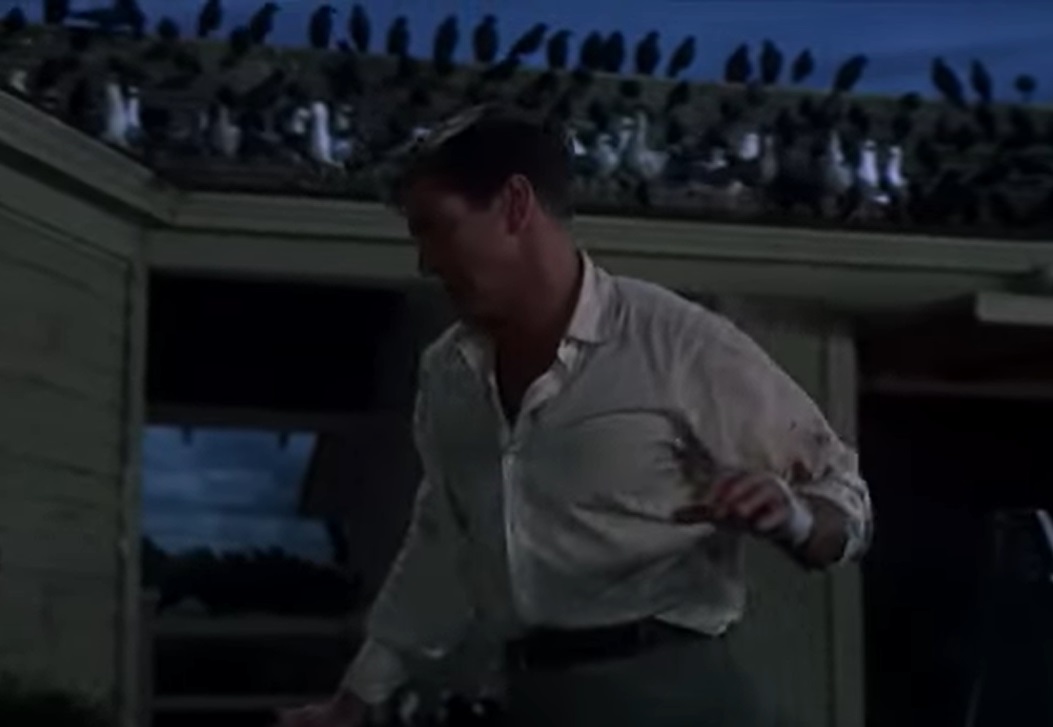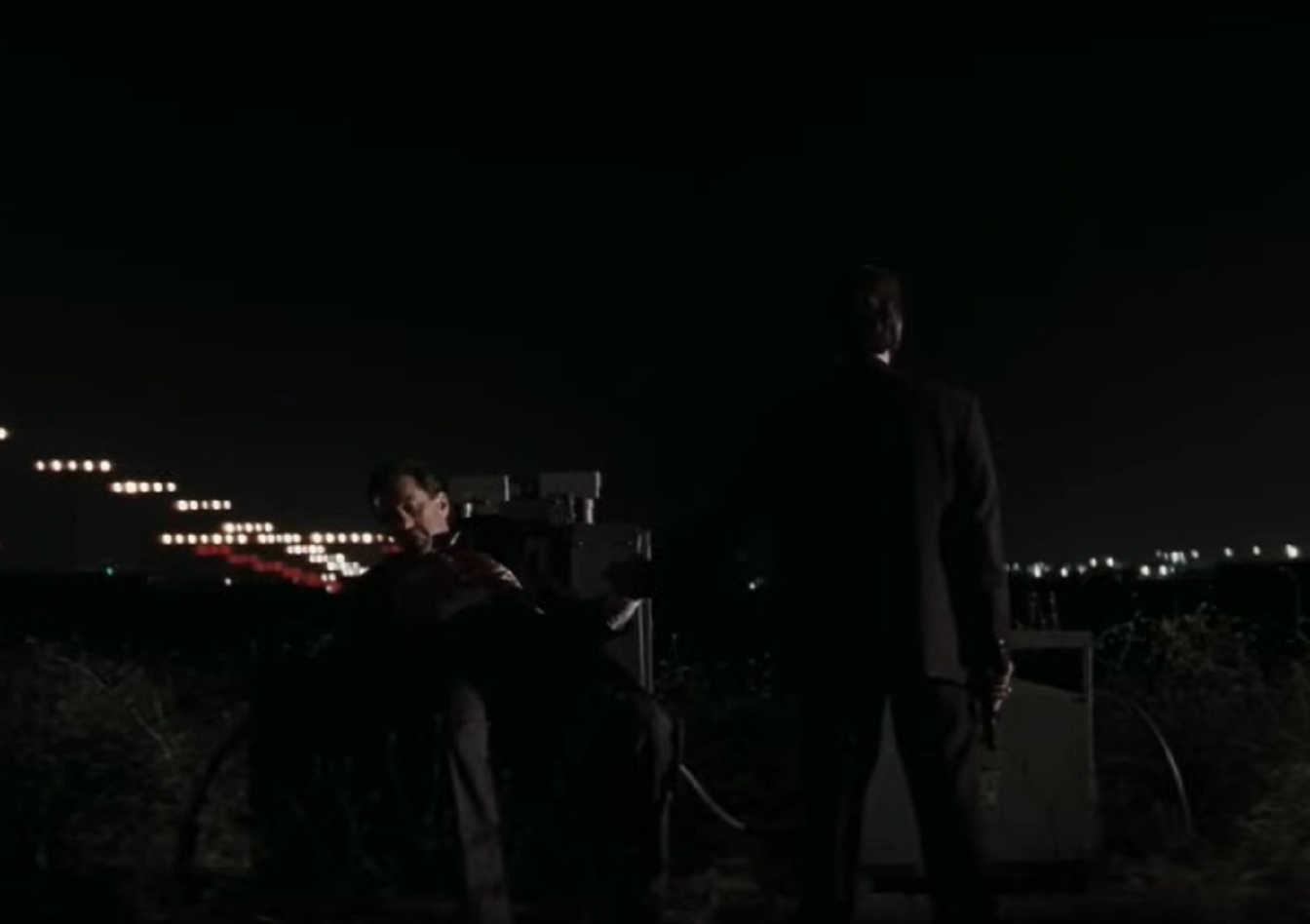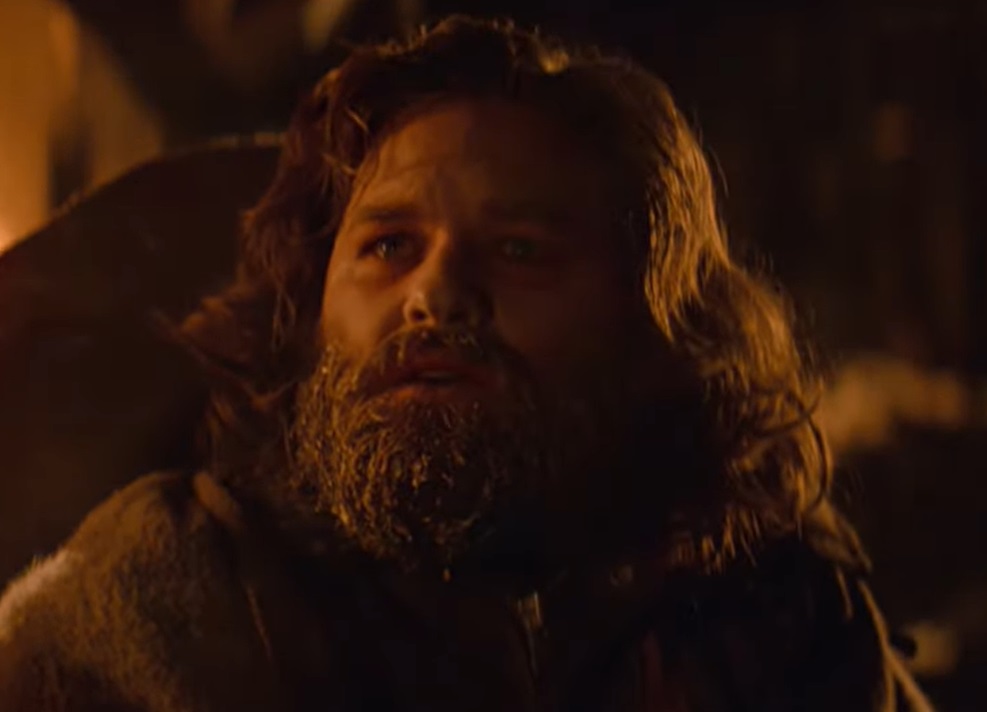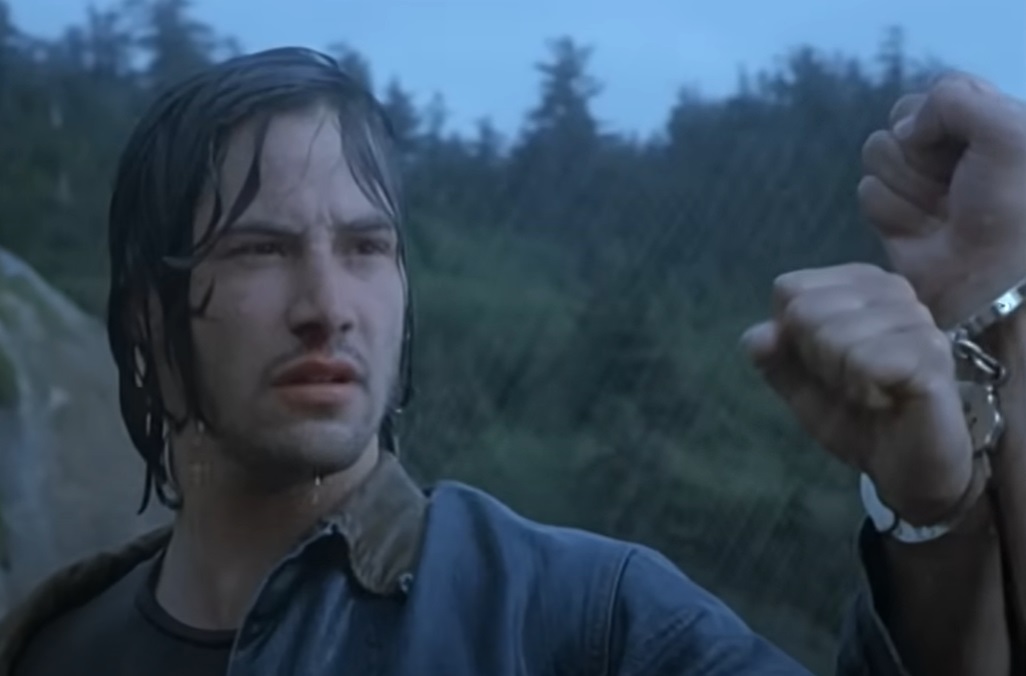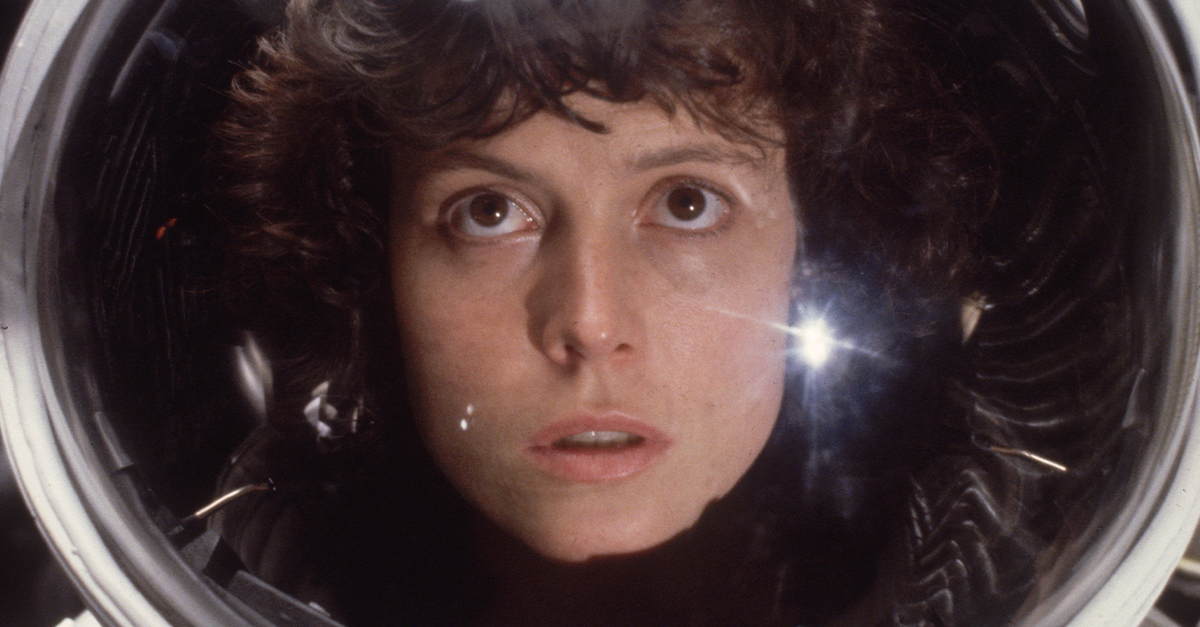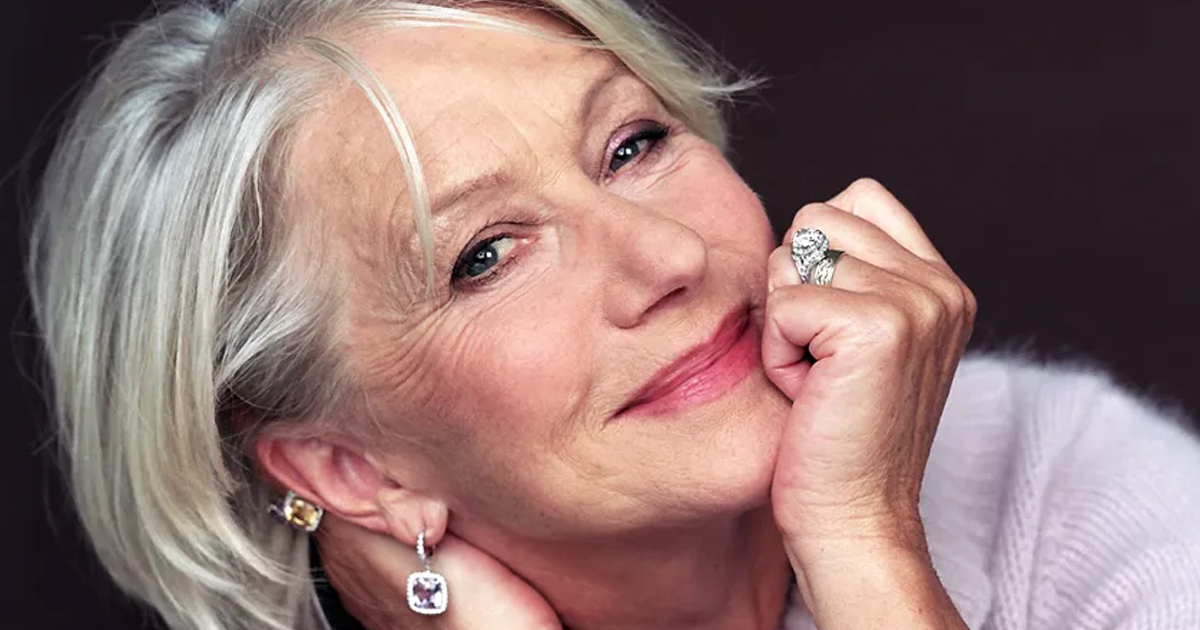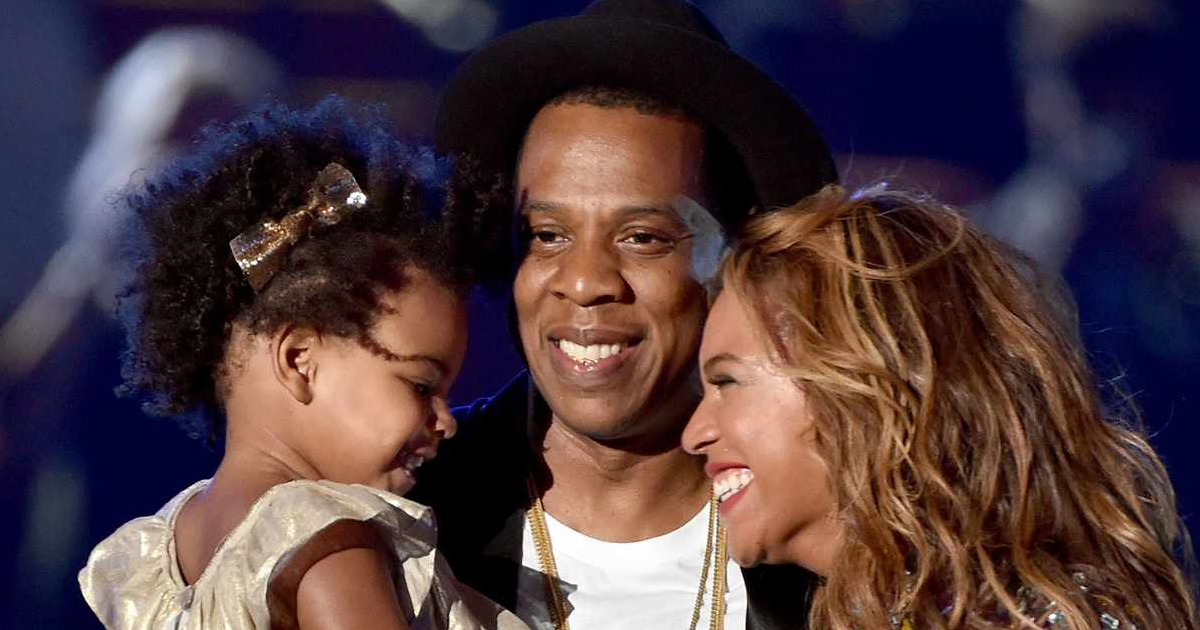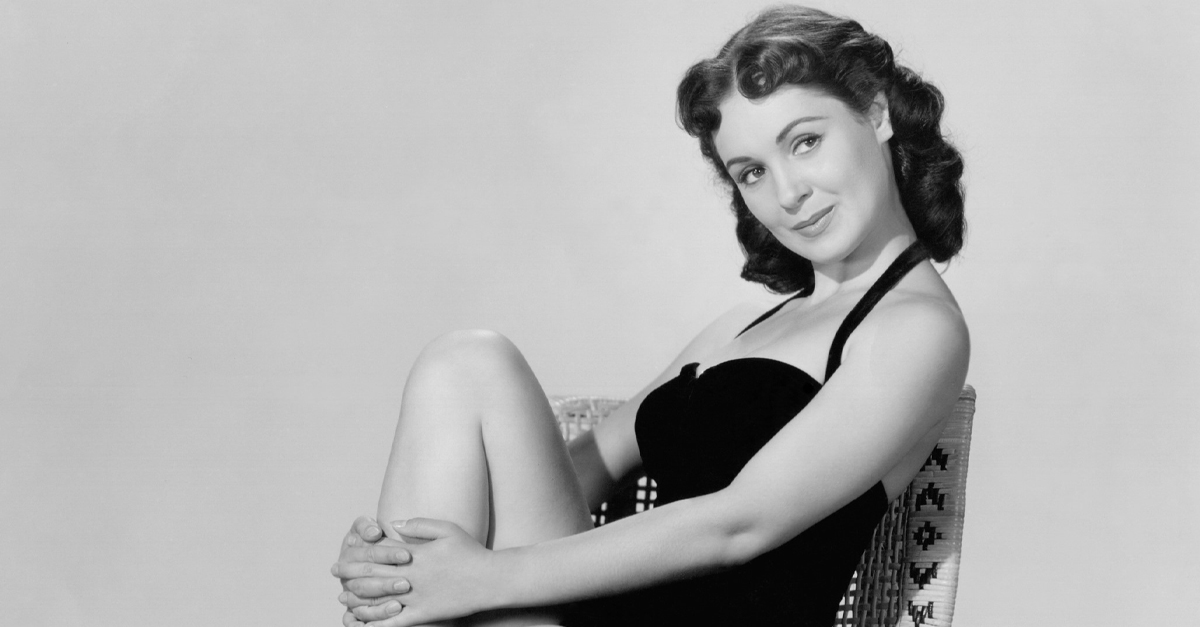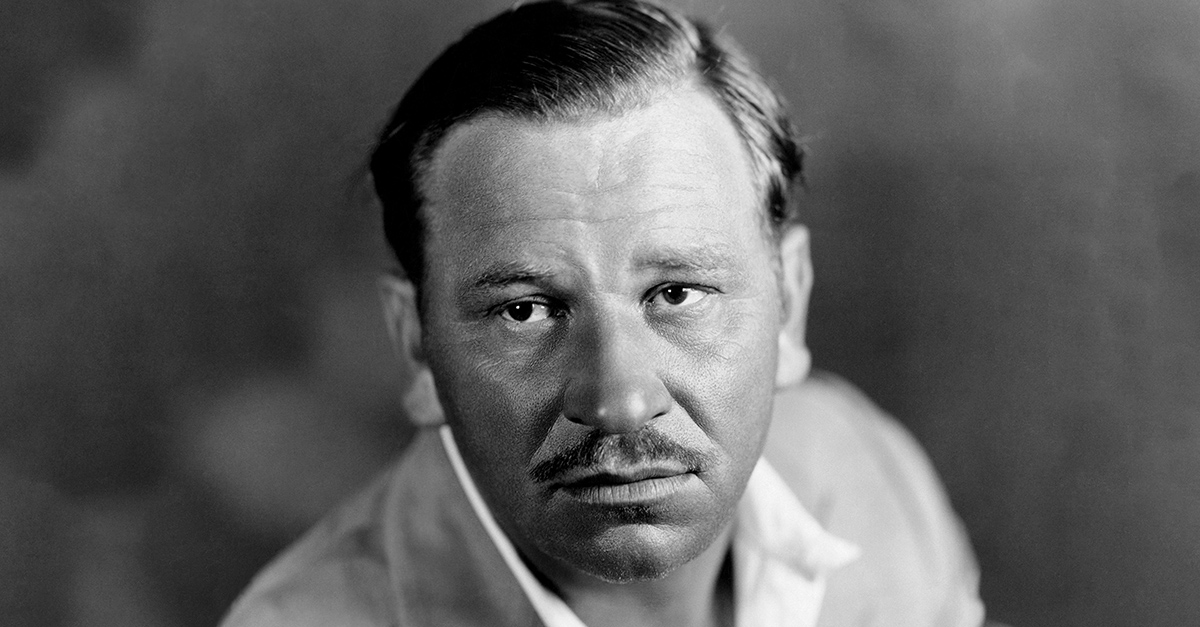Films with a lasting impression
Sometimes movies just seem to “end” unexpectedly and that can be a blessing! Other times, we’re blown away by a movie ending that seems to leave us in our seats for a few seconds afterward. These are the movies that we remember. Here are 40 of the best movie endings.
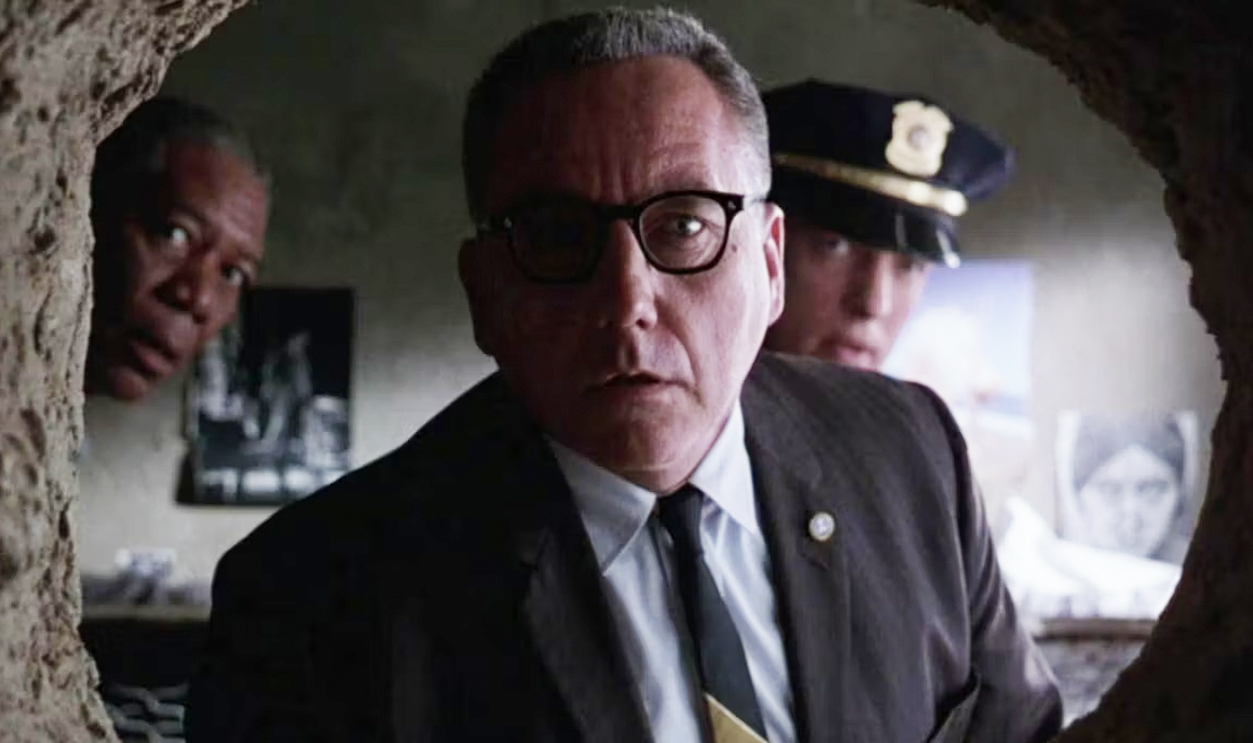
Monty Python’s Life of Brian (1979)
Monty Python’s cult classic, Life of Brian from 1979 makes our list as a memorable movie ending, if only for the track “Always Look on the Bright Side of Life” for which Python is probably most remembered internationally. Despite having other hits like The Holy Grail (1975), Life of Brian is probably their most memorable movie ending, when Brian and the rest of “Jesus” disciples are on the cross singing this song.
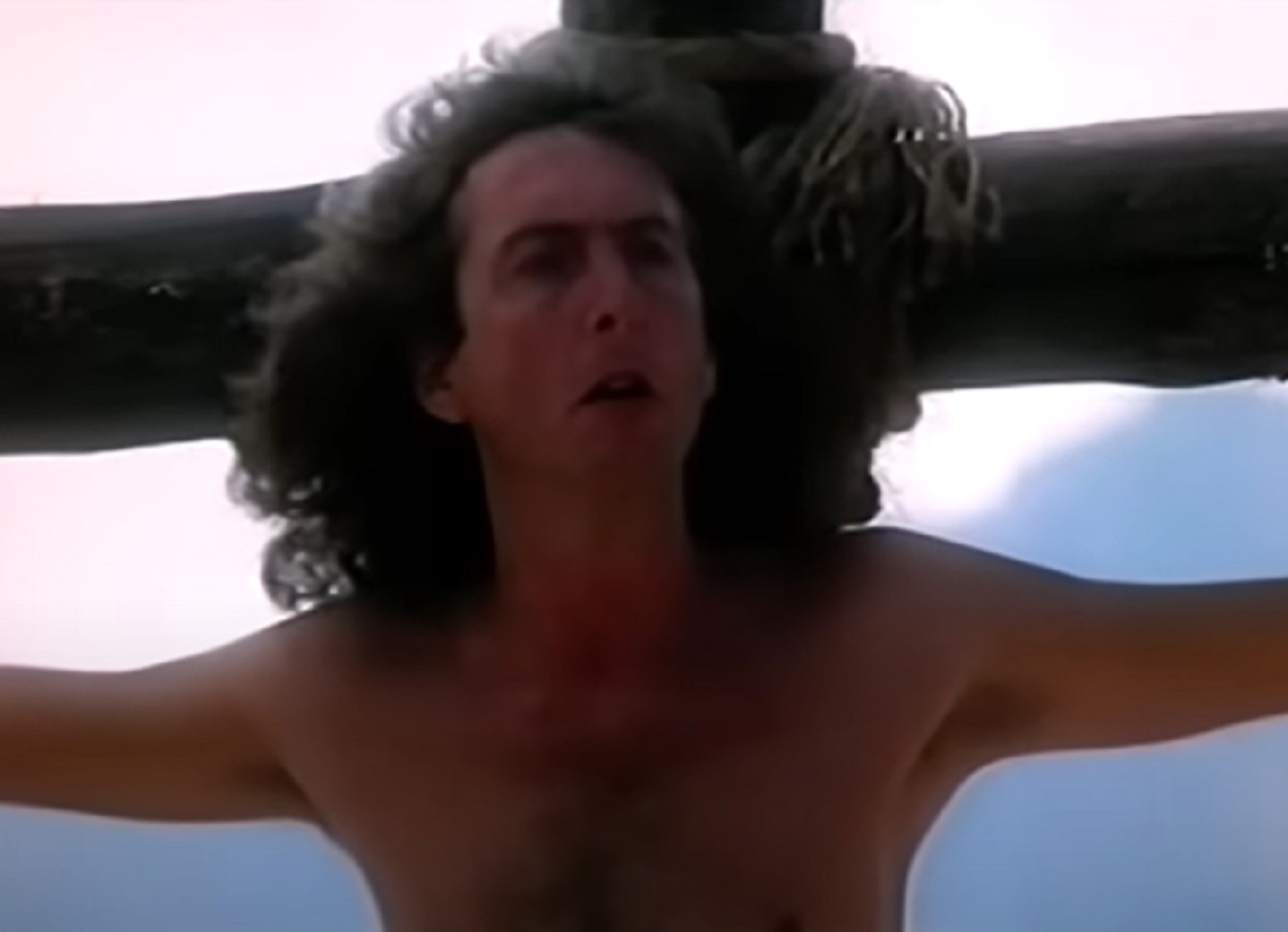 HandMade Films, Life of Brian (1979)
HandMade Films, Life of Brian (1979)
The Italian Job (1969)
One of the best cliffhanger movie endings ever. Will Michael Caine and company end up with the gold? Or will their bus that’s tenuously teetering over the edge of a cliff fall off? Killing them and the gold? The camera pans away at the penultimate moment, leaving viewers hanging, as it were.
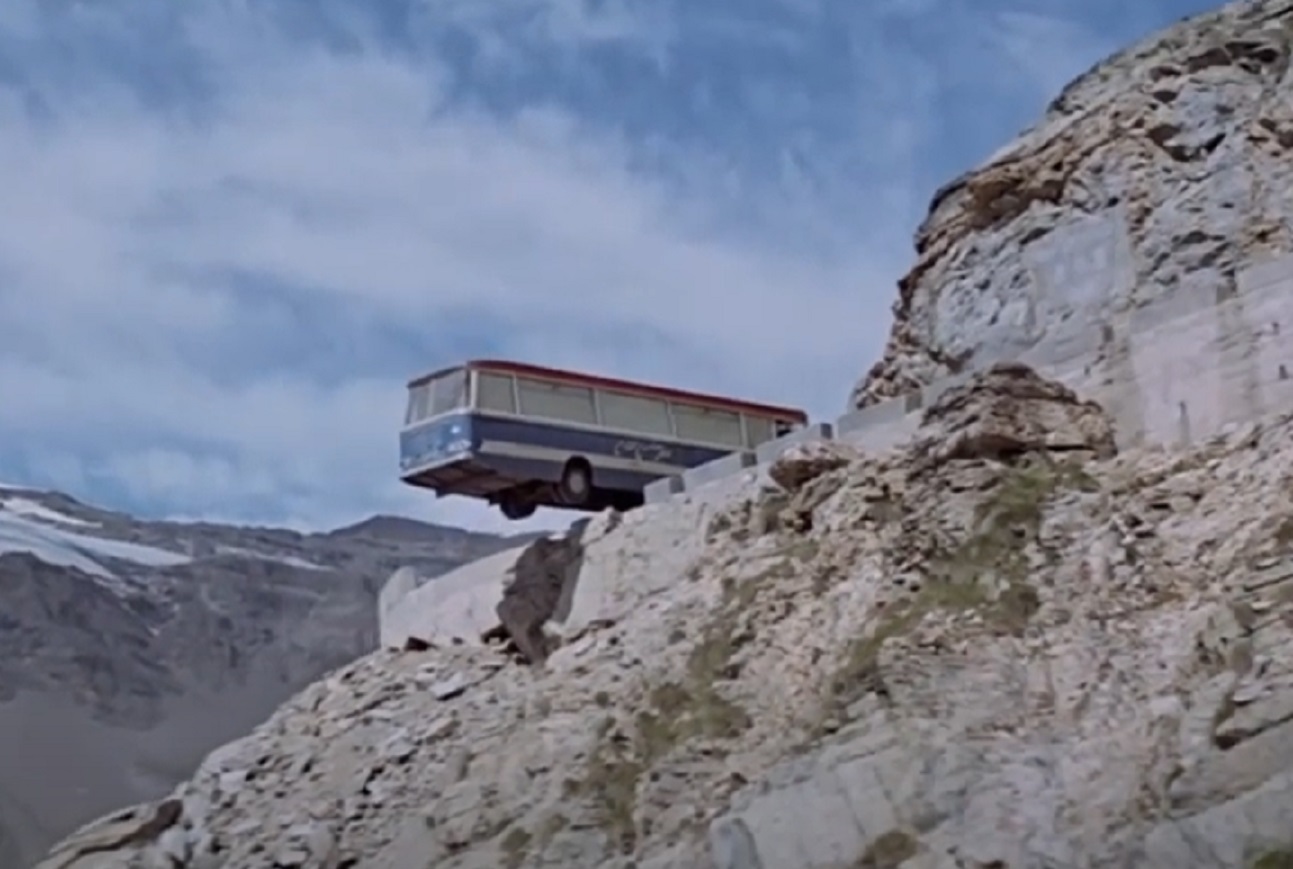 Oakhurst Productions, The Italian Job (1969)
Oakhurst Productions, The Italian Job (1969)
Thelma and Louise (1991)
Thelma and Louise, directed by Ridley Scott, is a film about two friends who go on criminal escapades. Facing a final decision between prison and running, Louise drives the car off a cliff with the famous line, "Let's not get caught, let's keep going." The film then ends mysteriously.
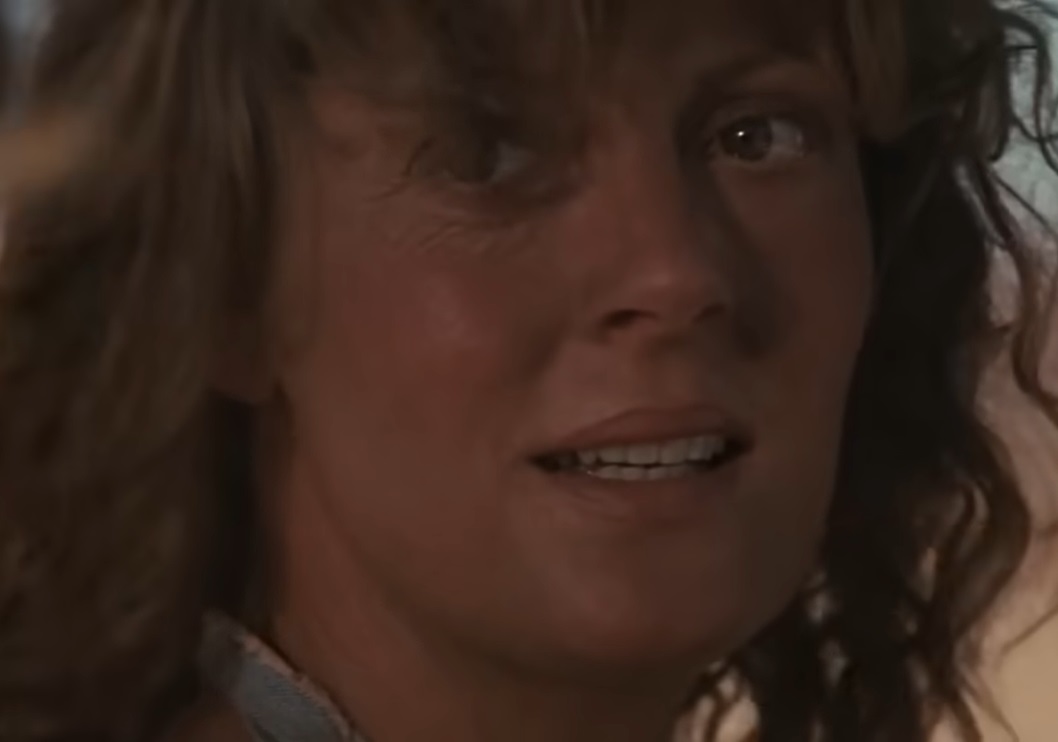 Pathé Entertainment, Thelma & Louise (1991)
Pathé Entertainment, Thelma & Louise (1991)
The Blair Witch Project (1989)
The Blair Witch Project is a classic horror film with exceptional cinematography and a suspenseful conclusion. Directors Daniel Myrick and Eduardo Sanchez showcase their creativity in this edge-of-your-seat thriller set in a creepy cabin in the woods.
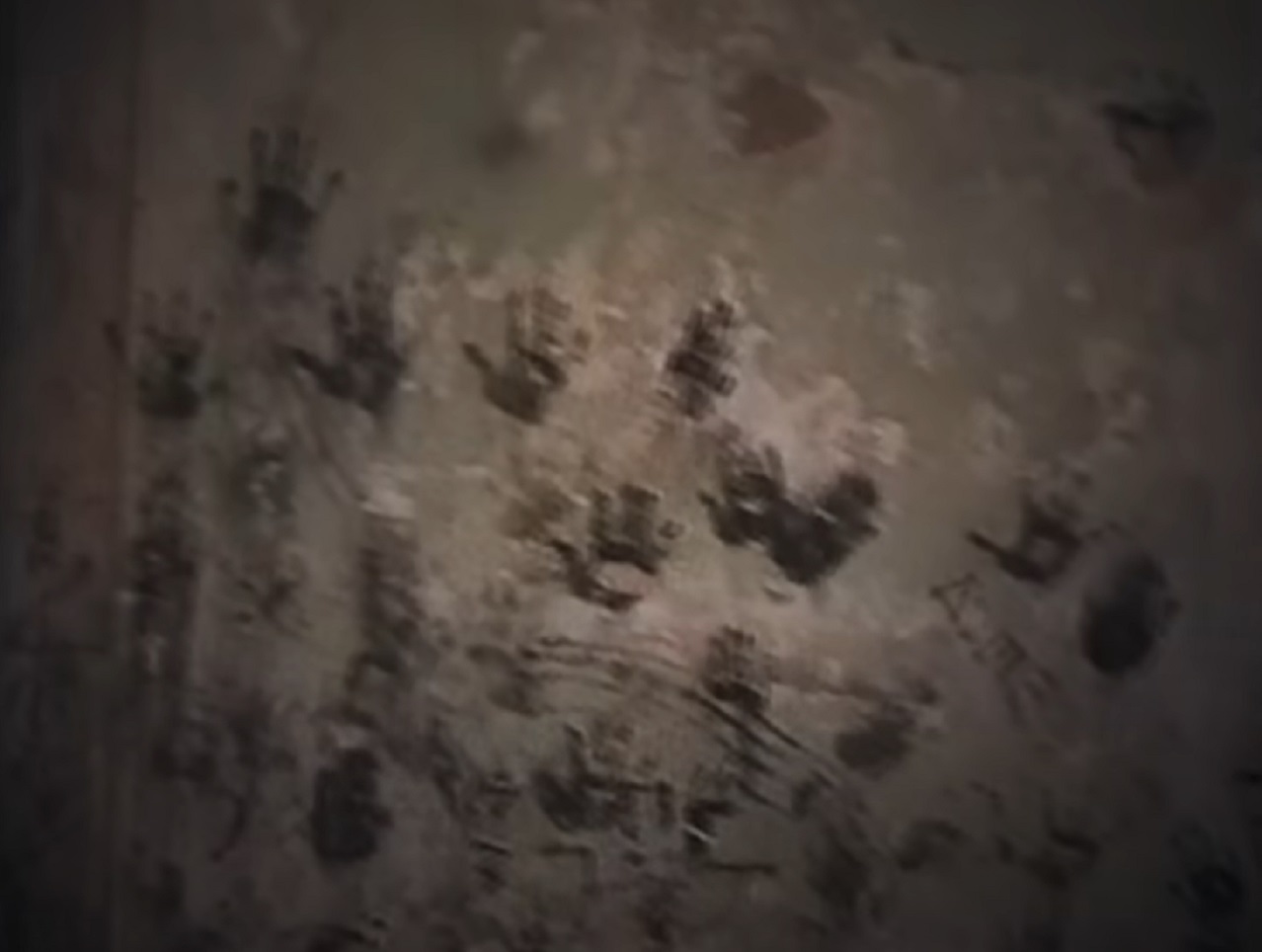 Haxan Films, The Blair Witch Project (1999)
Haxan Films, The Blair Witch Project (1999)
The Social Network (2010)
Mark Zuckerberg created Facebook, one of the world’s most popular social networks. Though he found fame and fortune, Zuckerberg, played expertly by Jesse Eisenberg, also finds himself alone in the most glorious twist of irony. A man who created a network to connect people, finding himself without connection.
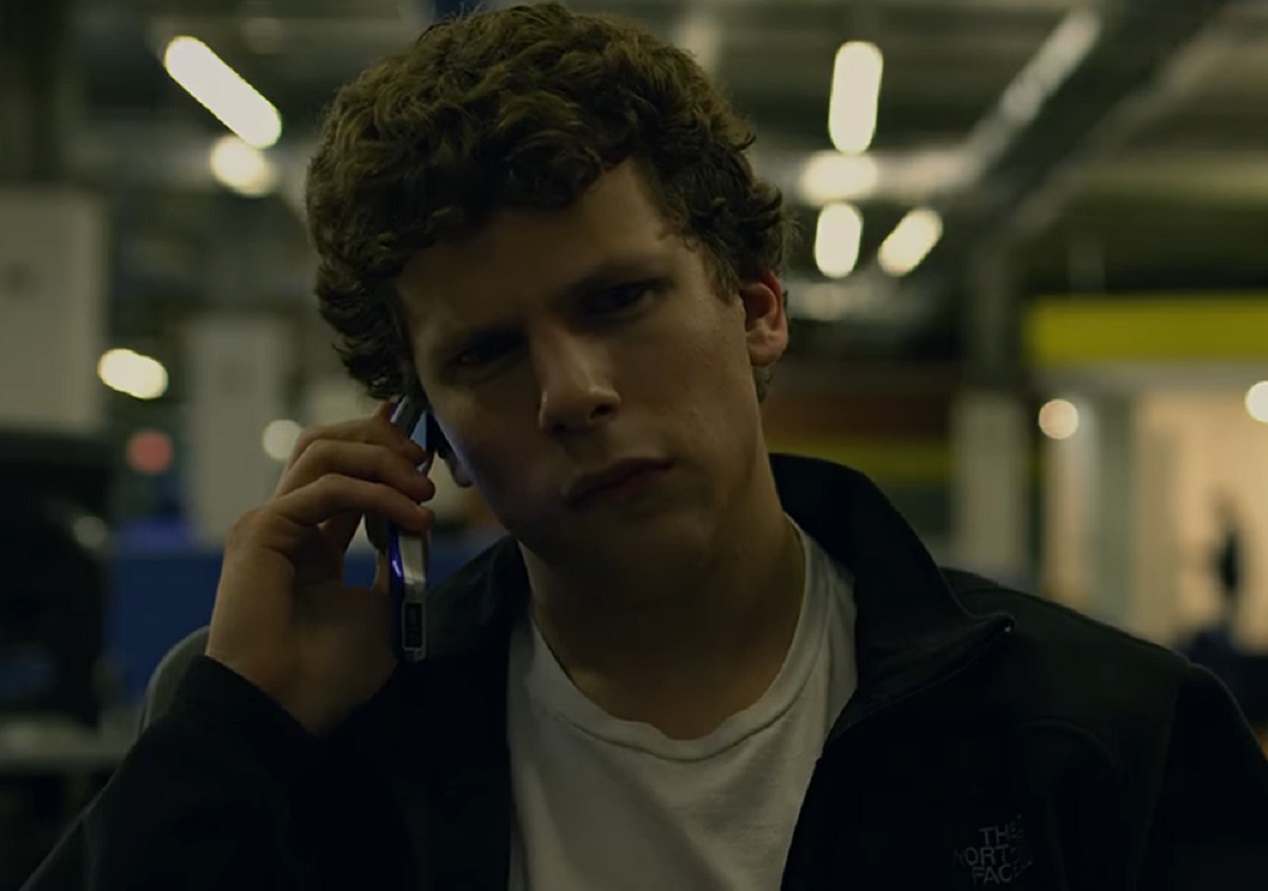 Columbia, The Social Network (2010)
Columbia, The Social Network (2010)
Melancholia (2011)
This end-of-the-world thriller stars Kirsten Dunst as “Justine”, a character in charge of the safety of her nephew and sister as a mysterious planet named Melancholia threatens to collide with Earth. In the final scene, Justine attempts to reassure her nephew and sister as Melancholia begins its collision. Where most films would cut away, leaving the viewer to imagine the terror and horror, Melancholia stays the course, showing their faces till the last moment in an unforgettable break from the cinematic tradition of end-of-the-world films.
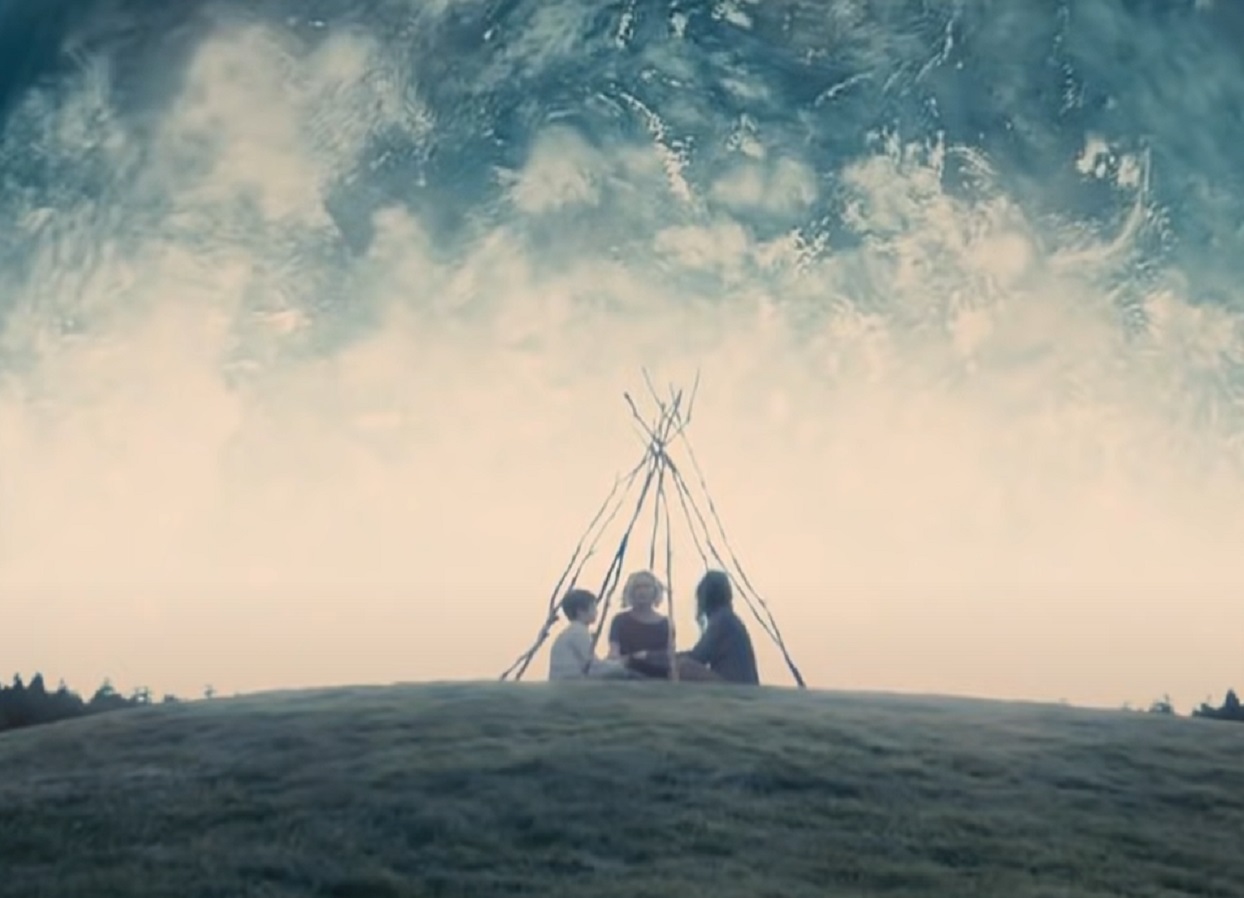 Zentropa Entertainments, Melancholia (2011)
Zentropa Entertainments, Melancholia (2011)
Raiders of the Lost Ark (1981)
In Raiders of the Lost Ark, Indiana Jones retrieves the Ark of the Covenant from the Nazis, typical of the heroic outcome in 'Indy' films. However, the final shot portrays a wooden crate, symbolizing Government secrecy and hinting at future Indiana Jones movies.
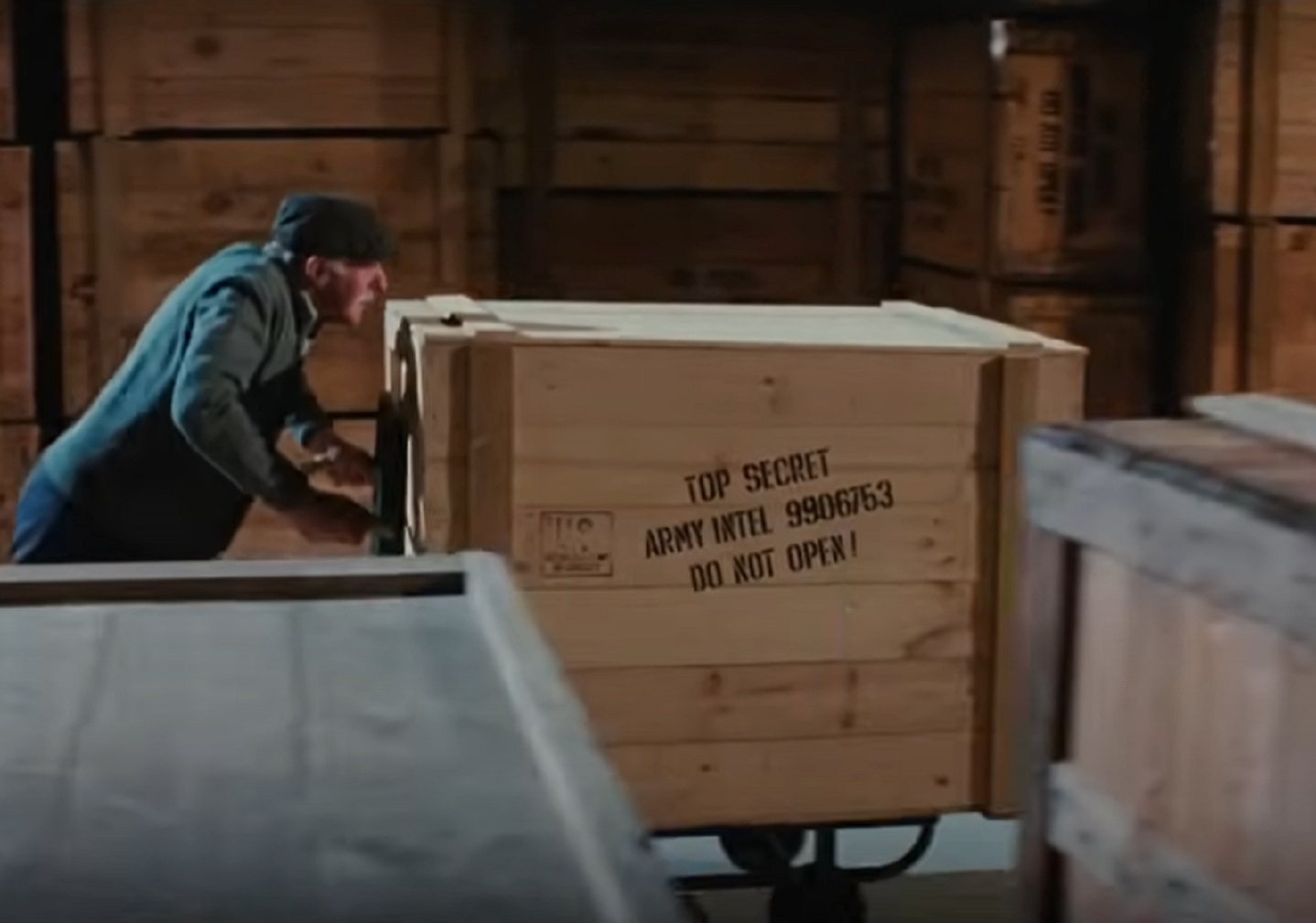 Paramount, Raiders of the Lost Ark (1981)
Paramount, Raiders of the Lost Ark (1981)
The Thin Blue Line (1988)
One of the most groundbreaking true-crime documentaries of its age, Errol Morris’s “The Thin Blue Line” follows the life of Randall Dale Adams, a man wrongly convicted and sentenced for the murder of a police officer. Errol Morris’ documentary focuses on the man he believes to be responsible for the murder of the officer: David Harris. In the final scene, though there is no camera, an in-person interview with Harris has been arranged and Harris can be heard saying “I’m the one that knows”, after being asked who killed the officer. It was an unforgettable moment that set the stage for true crime documentaries for the next decade and beyond.
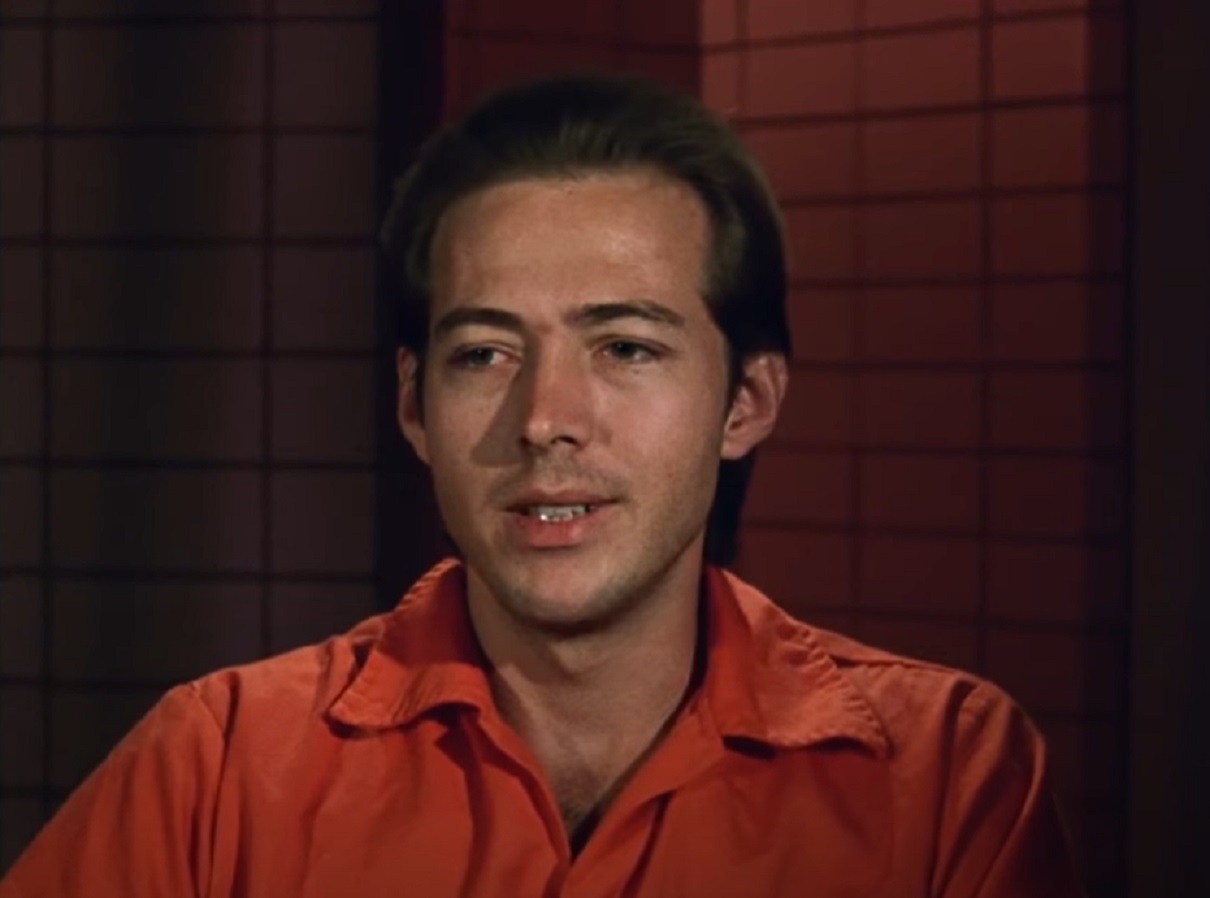 American Playhouse, The Thin Blue Line (1988)
American Playhouse, The Thin Blue Line (1988)
The Grand Illusion (1937)
Directed by Jean Renoir, this black-and-white film from the 1930s tells the story of French officers in a German POW camp during the First World War. The two main characters in the film are these two officers plotting their daring escape. The final image from the movie is a scene where the two officers are trudging across the vast white expanse of the Swiss Alps, neither knowing what lies ahead. The film features many sacrifices made by others to ensure these officers escaped captivity and closes on two men facing an uncertain future through the seemingly endless landscape of dense snow-covered Switzerland.
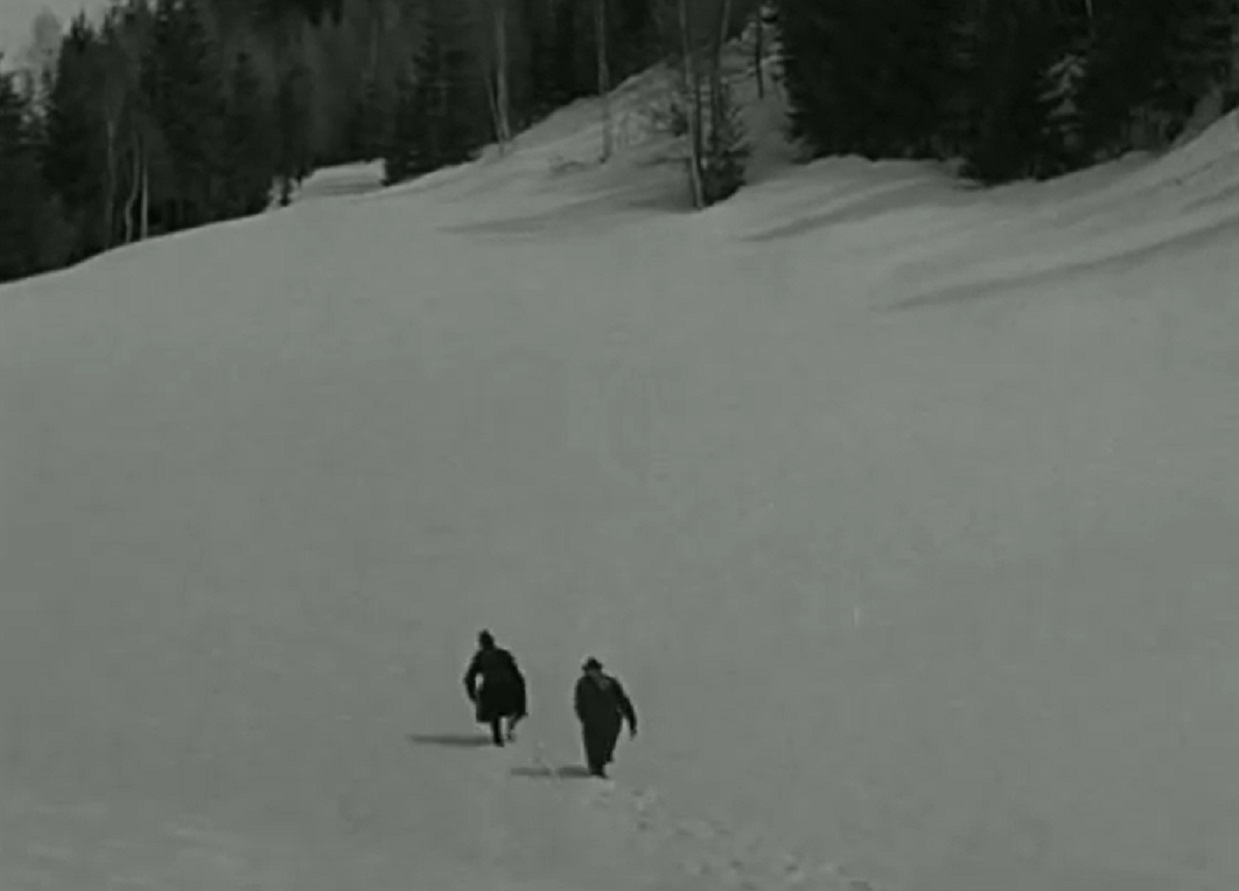 RAC, The Grand Illusion (1937)
RAC, The Grand Illusion (1937)
Lagaan (2001)
This epic Indian tale of defiance against British rule in 1893, through the lens of sport, is brilliantly told by director Ashutosh Gowariker. A team of Indian farmers is facing off against a team of British players in a cricket match for the ages: if the Indian farmers win, they don’t have to pay any village taxes to the British for three years. Lose, and they’ll have to pay three times as much. Lagaan keeps us guessing until the final bowl.
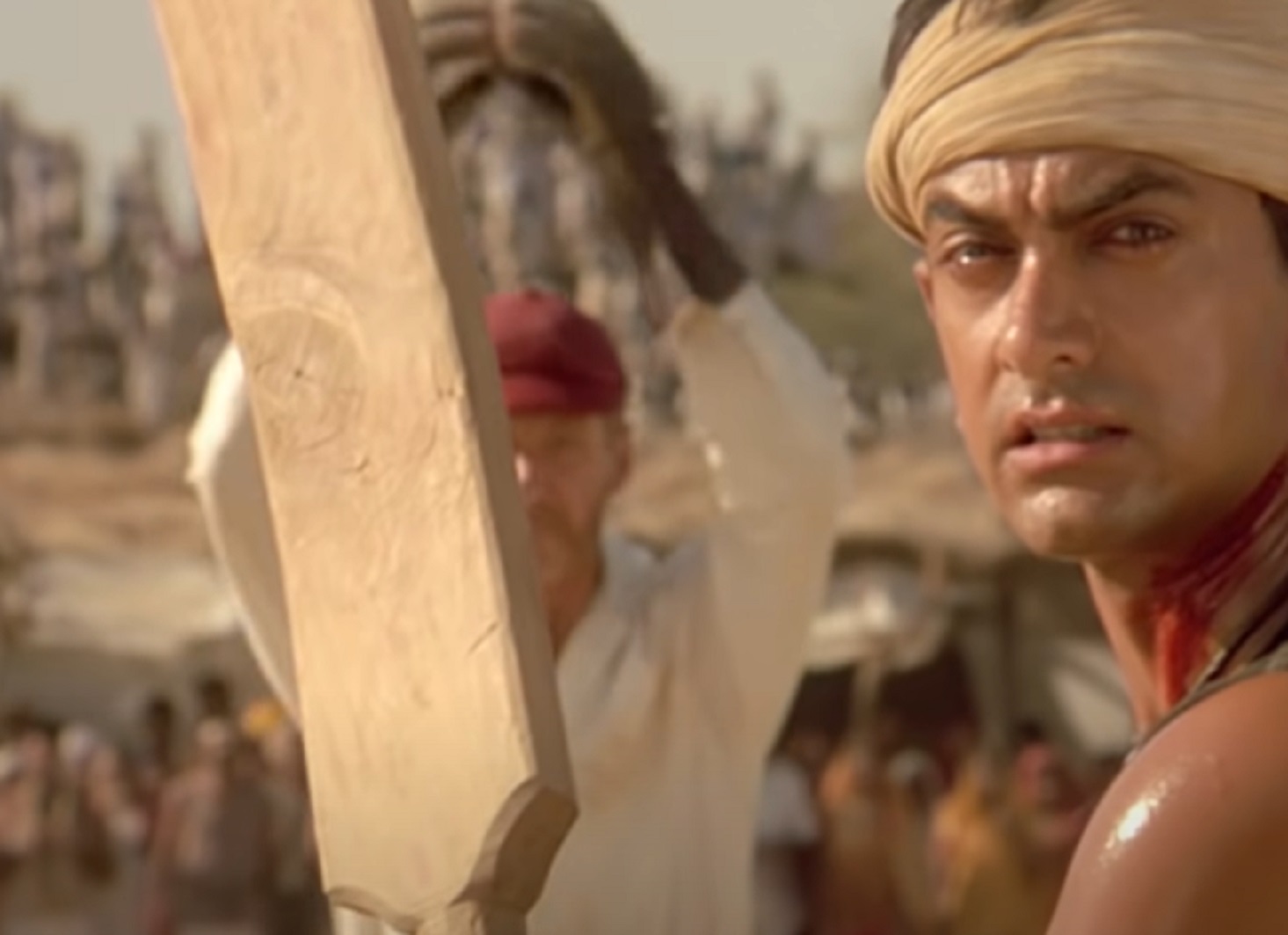 Aamir Khan Productions, Lagaan: Once Upon a Time in India (2001)
Aamir Khan Productions, Lagaan: Once Upon a Time in India (2001)
Mamma Mia! Here We Go Again! (2018)
In a mind-bending final sequence from director Ol Parker, supposedly dead ABBA members or younger versions of the same characters play the number “Super Trouper”. It’s a bit of a weird ending where spacetime has been disrupted and we see Meryl Streep looking on as Cher and Andy Garcia share a kiss.
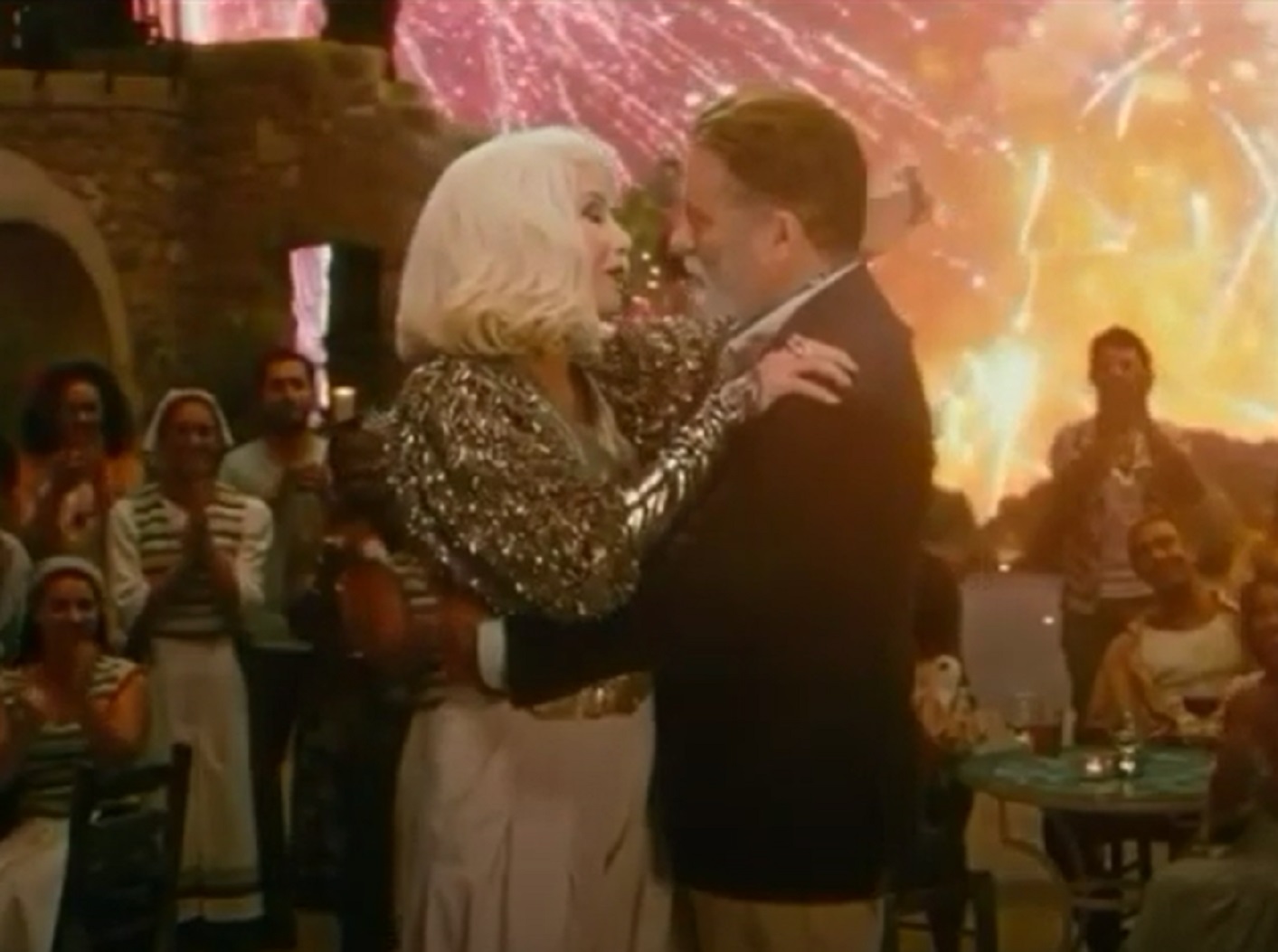 Universal, Mamma Mia! Here We Go Again (2018)
Universal, Mamma Mia! Here We Go Again (2018)
The Silence of the Lambs (1991)
Few can forget The Silence of the Lambs once they’ve seen it. It’s one of the crime-thriller genre's greatest-ever, starring Anthony Hopkins and Jodie Foster in roles perfectly suited to showcase their acting skills. In the final scene, Hannibal Lecter (played by Hopkins) calls FBI Agent Clarice Starling (played by Foster) who’s been pursuing him throughout the film and after a brief back-and-forth, Hopkins produces: “I do wish we could chat longer, but I’m having an old friend for dinner,” as the camera pans to his former jailer, who is about to become Lecter’s next victim.
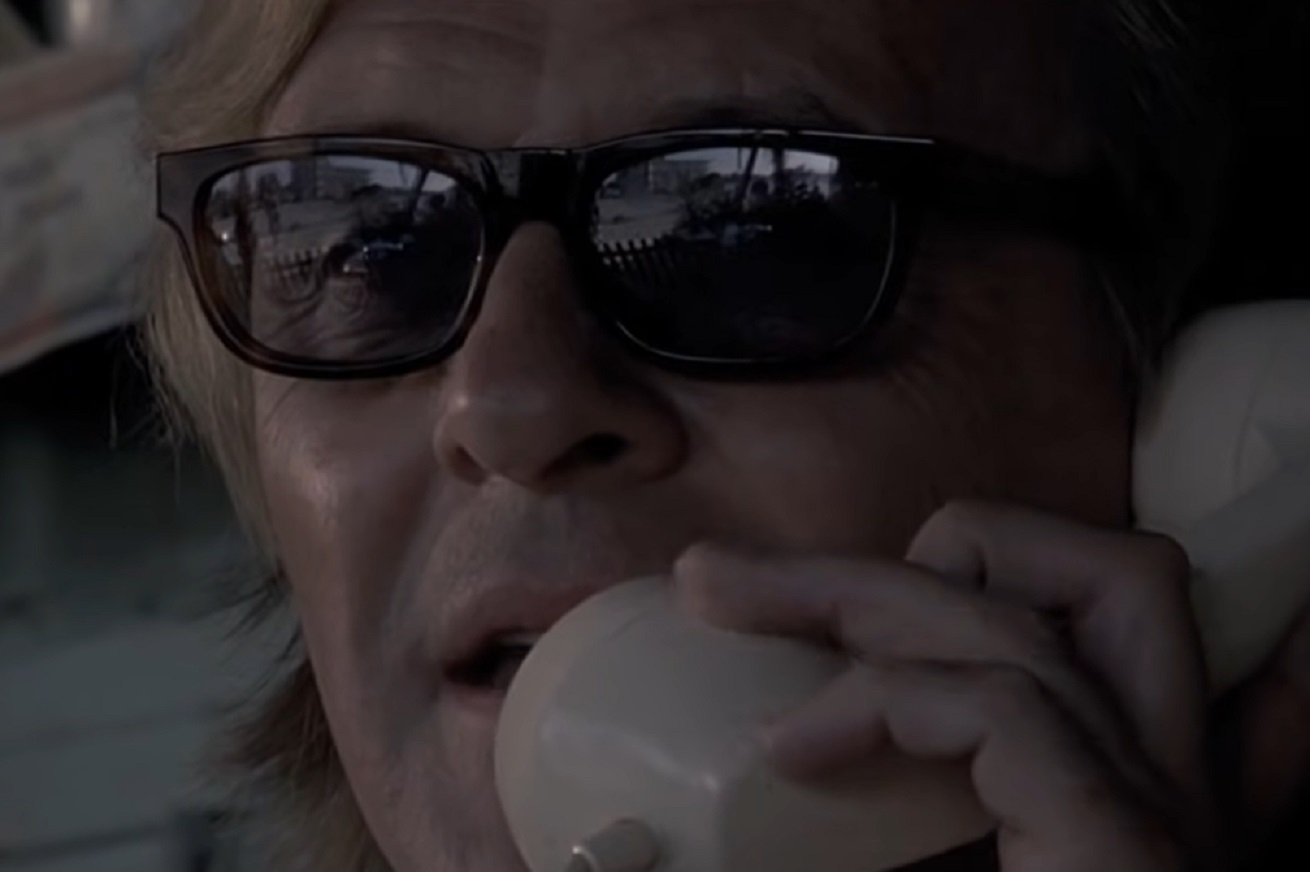 Orion Pictures, The Silence of the Lambs (1991)
Orion Pictures, The Silence of the Lambs (1991)
The Descent (2005)
Neil Marshall’s directorship of The Descent leaves the viewer with claustrophobia! The main character, Sarah, played by Shauna MacDonald, a survivor of a brutal car accident that kills her husband and daughter, goes caving following her recovery from that accident. The horror element of the film comes in the form of human-eating cave-dwelling animals. The film ends with Sarah dreaming that she’s escaped the cave, only to wake up still stuck in the cave.
Waltz with Bashir (2008)
Set in the 1982 Lebanon War, covering the massacres of Sabra and Shatila – when thousands of civilians were massacred while the Israeli Defence Forces stood by and did nothing. The film’s final scene cuts to actual footage of the massacres, shocking audiences to their core.
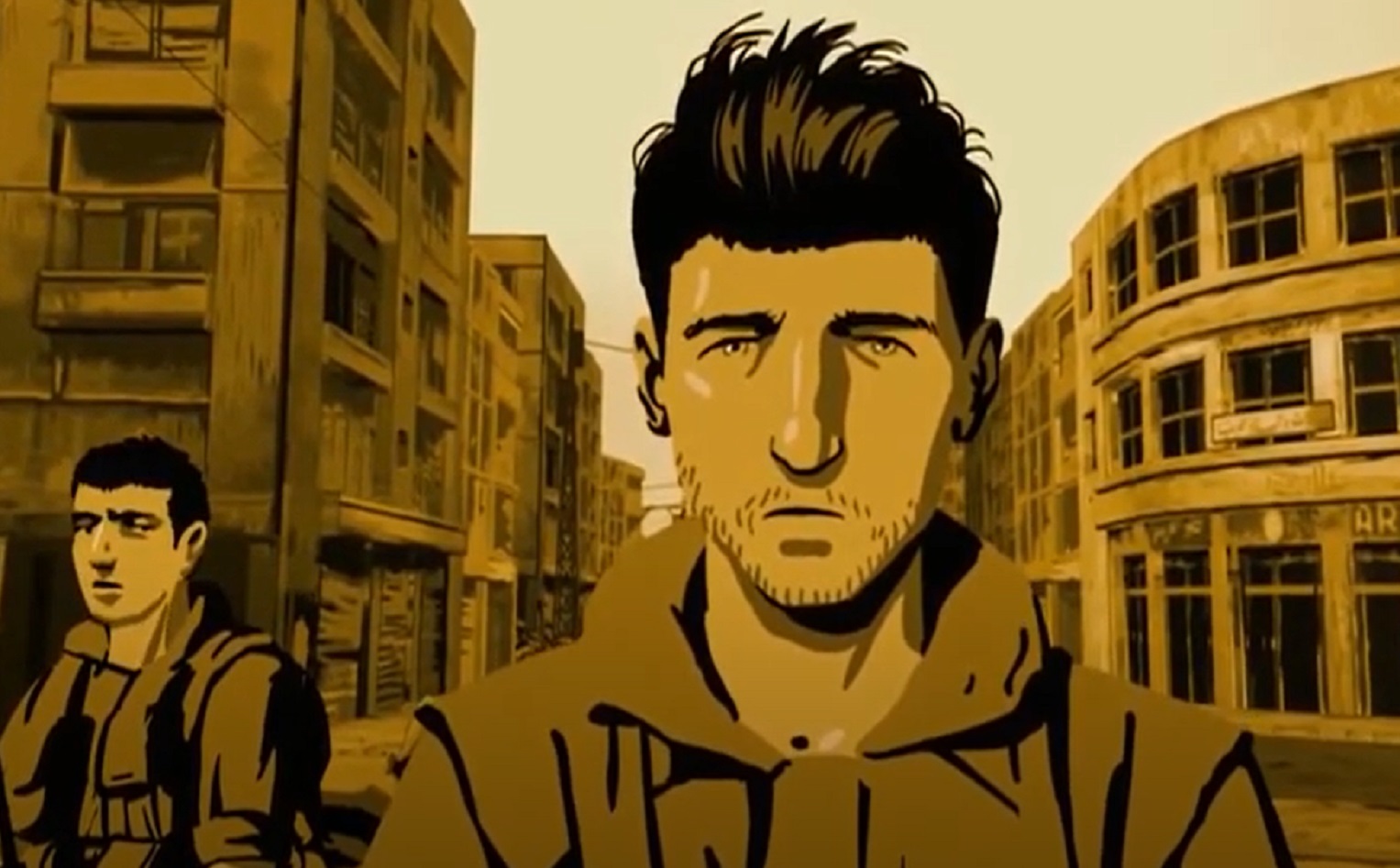 Les Films D'ici, Waltz With Bashir (2008)
Les Films D'ici, Waltz With Bashir (2008)
Casablanca (1943)
Casablanca is often seen as being one of the classic films of all time. Its ending is unforgettable for many reasons, but the final line stands out—“I think this is the start of a beautiful friendship.” Rick tells Louis, as the pair depart into a fog thick with uncertainty, but moral righteousness.
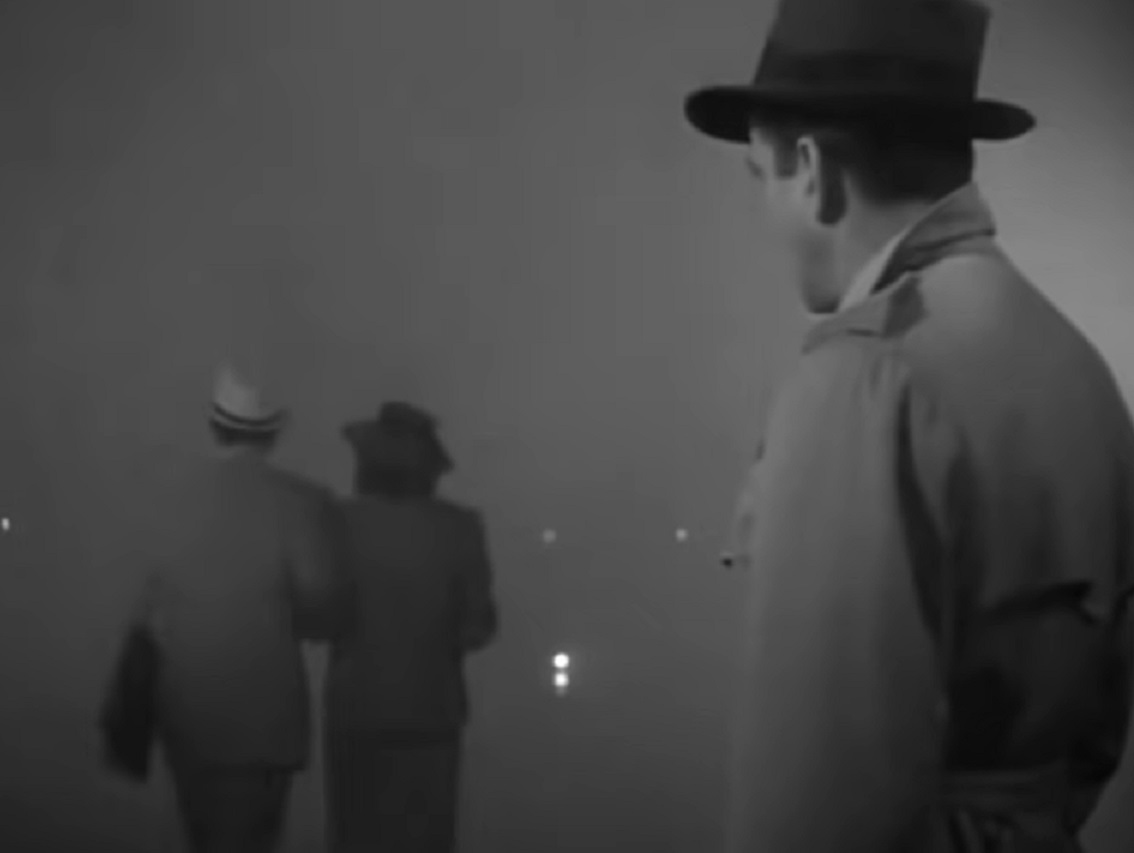 Warner Bros., Casablanca (1942)
Warner Bros., Casablanca (1942)
One Flew Over the Cuckoo’s Nest (1975)
This film starring Jack Nicholson deals with the challenges faced by the main character, Randle McMurphy, in a prison farm. Unfortunately, Randle McMurphy is a little too rebellious for Nurse Ratched, the head nurse of the prison’s psych ward, who orders a lobotomy on McMurphy. Towards the end of the film, McMurphy’s rebellious spirit has been crushed by the lobotomy and his best friend chooses to smother him with a pillow to free him from an awful existence inside the prison.
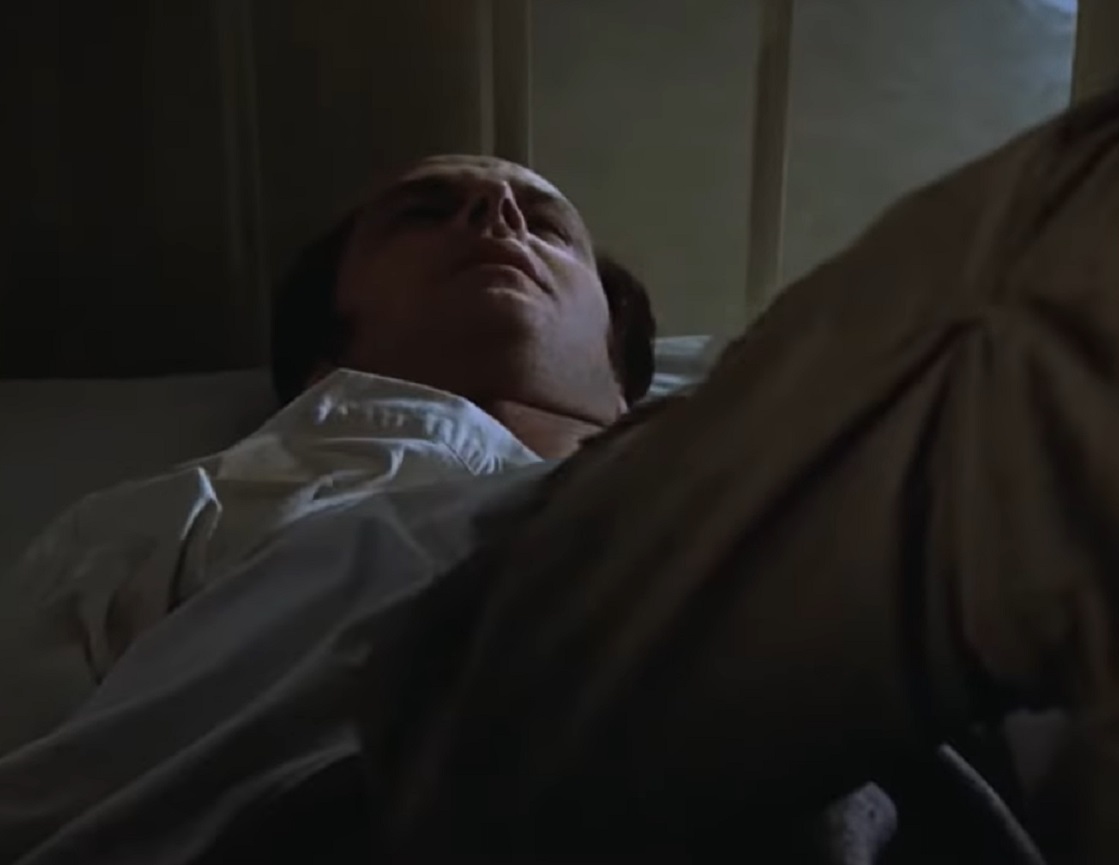 Fantasy Films, One Flew Over the Cuckoo's Nest (1975)
Fantasy Films, One Flew Over the Cuckoo's Nest (1975)
Bonnie and Clyde (1967)
One of history’s most iconic criminal duos has been depicted in many a movie over the years since their escapades of the 1930s, but it’s the 1967 film whose ending shocked the audience. After being on the run from the police for much of the film, Bonnie and Clyde get into one final car chase with the police, during which they’re ambushed and brought down in a hail of gunfire. The final shots of the film are their bullet-riddled car and their faces before the screen cuts to red. In the 1960s, such graphic violence on-screen was few and far between.
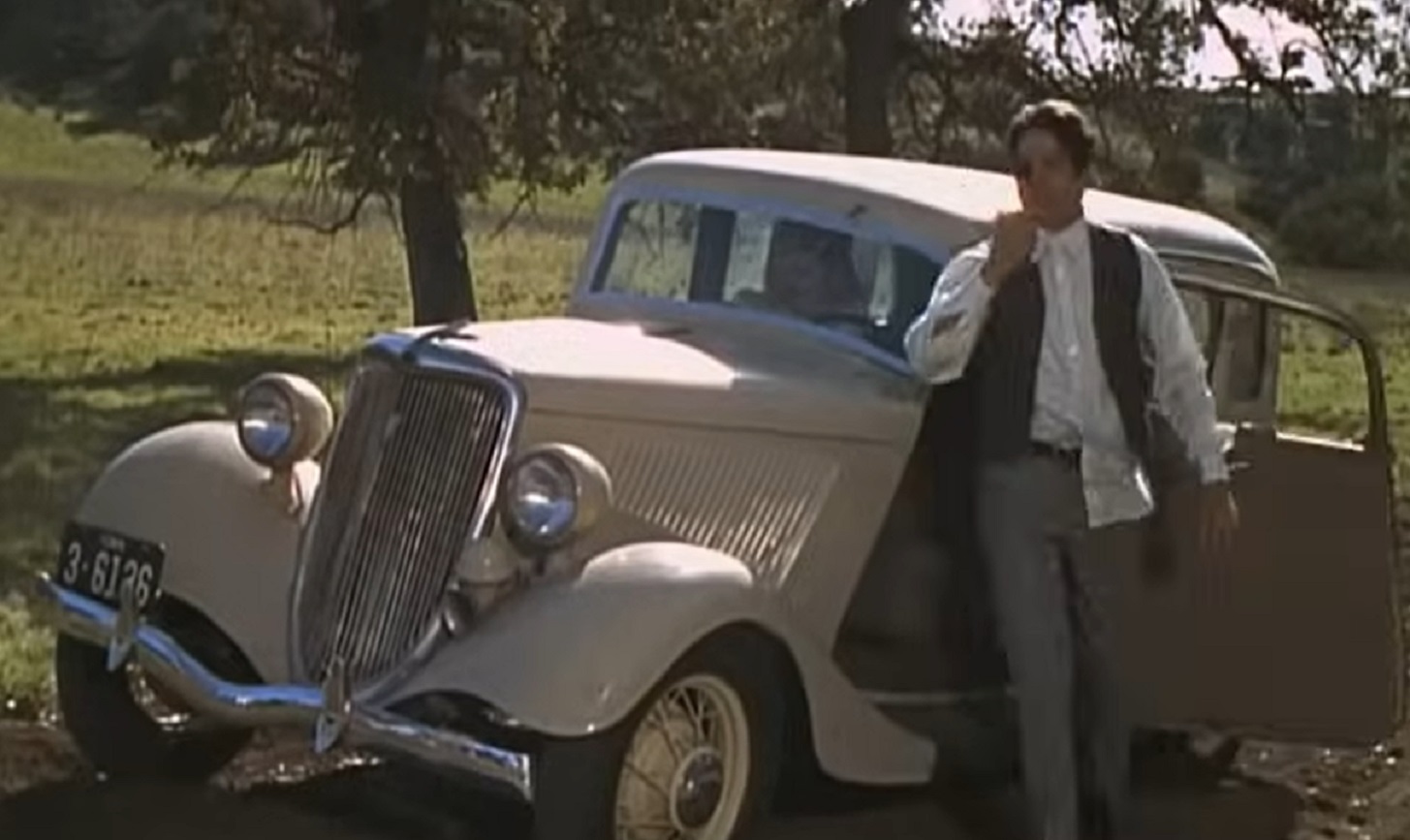 Warner Bros., Bonnie and Clyde (1967)
Warner Bros., Bonnie and Clyde (1967)
Planet of the Apes (1968)
The original version of Planet of the Apes was one of the most jarring sci-fi films of the late 1960s. Planet of the Apes begins with viewers on a spaceship journey to another planet. The spaceship crashes on a planet where apes have gained sentience and now rule the planet. Taylor, the film’s main protagonist, is captured by the apes. He eventually escapes to a part of the planet that isn’t ruled by apes, only to discover part of the Statue of Liberty sticking out of the sand—the planet he’s been captured on is Earth!
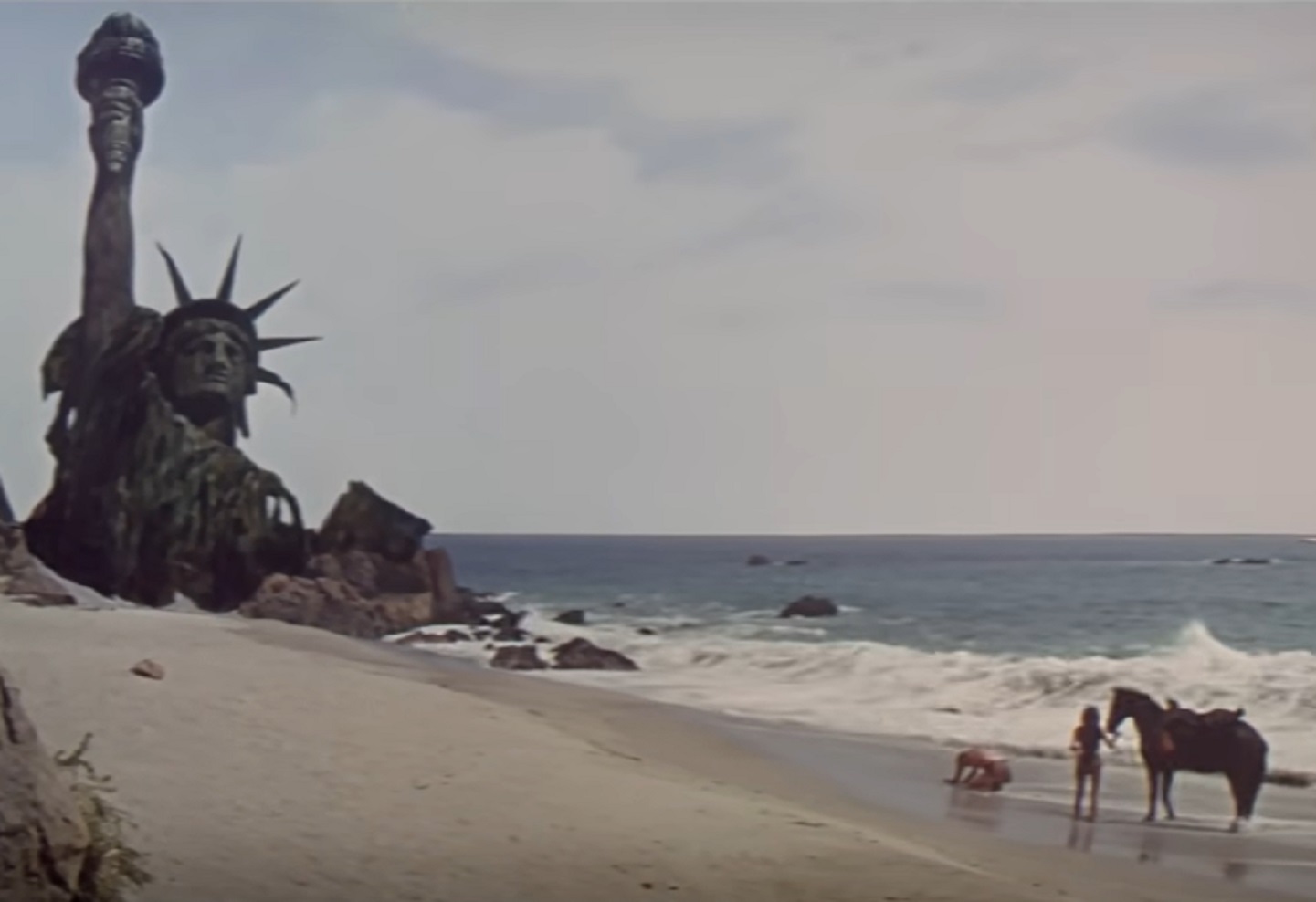 Twentieth Century Fox, Planet of the Apes (1968)
Twentieth Century Fox, Planet of the Apes (1968)
Titanic (1997)
The 1997 retelling of the sinking of RMS Titanic is one of modern cinema’s most iconic films and one of the films for which both Leonardo Di Caprio and Kate Winslet are most remembered. As the Titanic sinks, Rose (played by Winslet) and Jack (played by DiCaprio) are in the ocean, with Rose clinging for dear life to a door as Jack struggles to stay afloat. In the end, Rose survives and returns the necklace that Jack was searching for to the ocean.
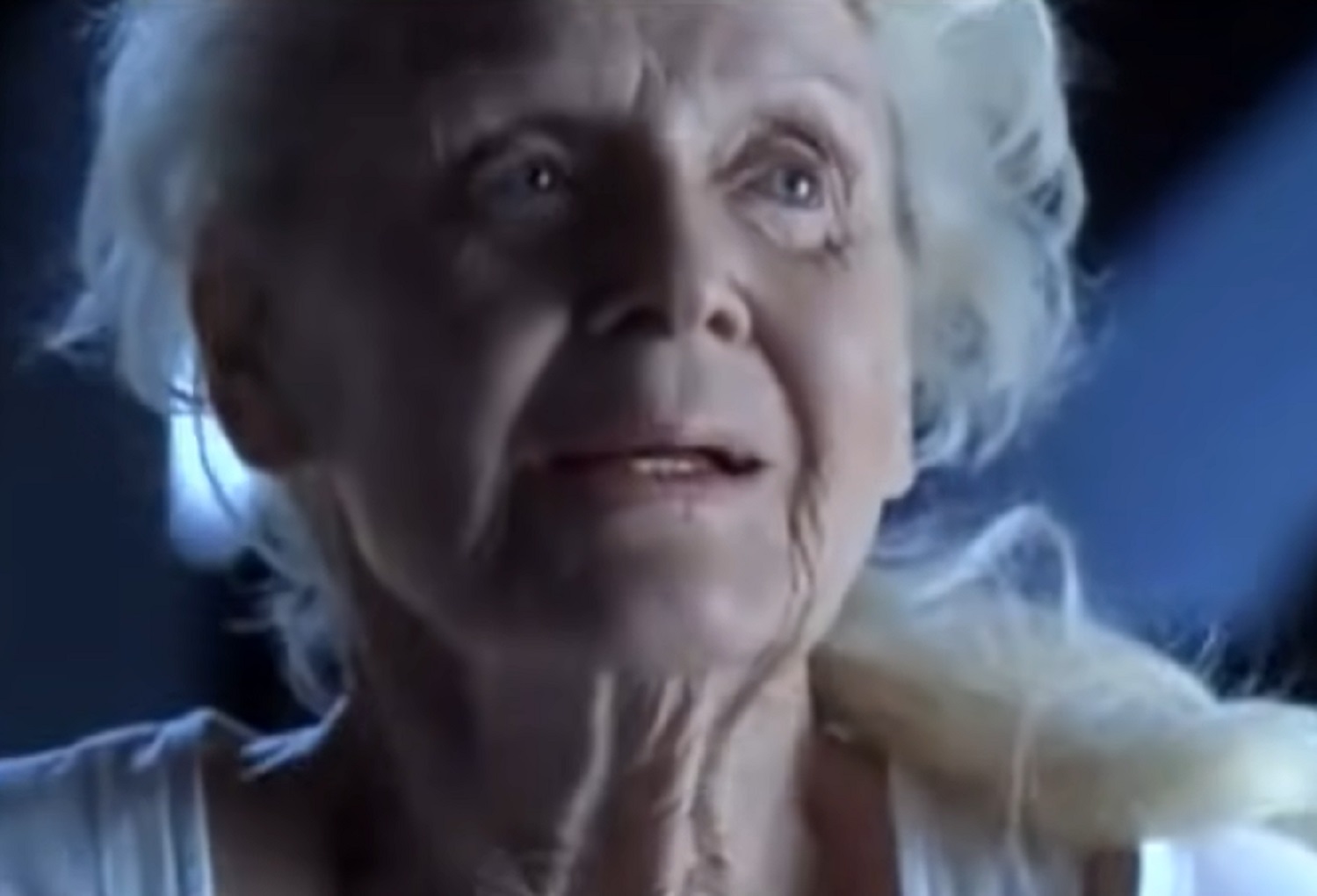 Twentieth Century Fox, Titanic (1997)
Twentieth Century Fox, Titanic (1997)
Avengers: Infinity War (2018)
One of the rare instances in the Marvel Comic Universe where the ‘good guys’ don’t win the day. Avengers: Infinity War sets the stage for the next film in the series at the end, but not before Thanos does away with many of the film’s heroes in a snap of his fingers in a shocking twist.
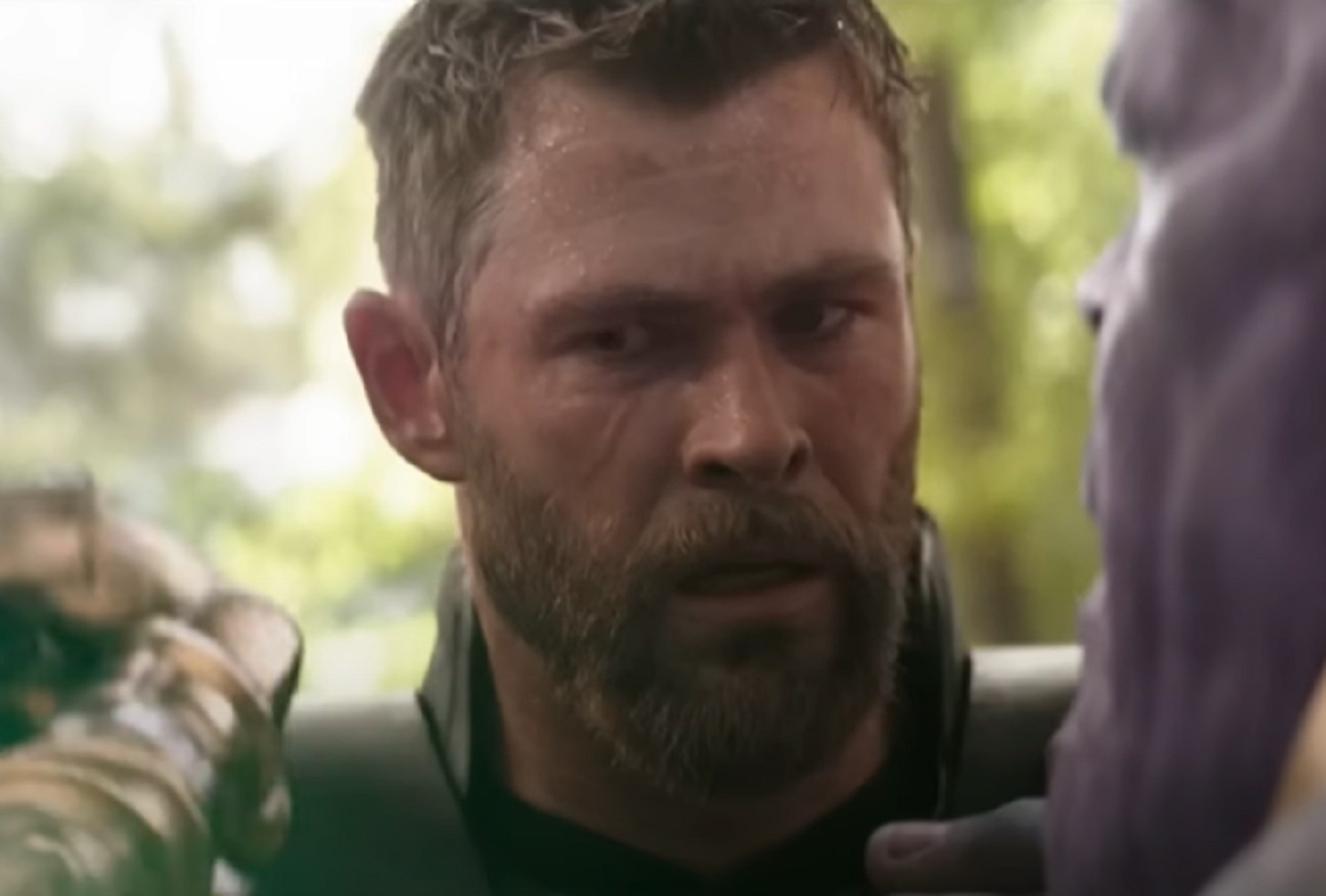 Marvel, Avengers: Infinity War (2018)
Marvel, Avengers: Infinity War (2018)
E.T. The Extra-Terrestrial (1982)
One of the most heart-warming films of the 1980s tells the tale of an alien who becomes stranded on Earth and befriends a young boy named Elliot. Despite their friendship being a focal point of the film, E.T. still longs to return home. Elliot aids him in his quest. The final shot of E.T reminding Elliot that he will always be with him before flying off in his spaceship is something of a tear-jerker.
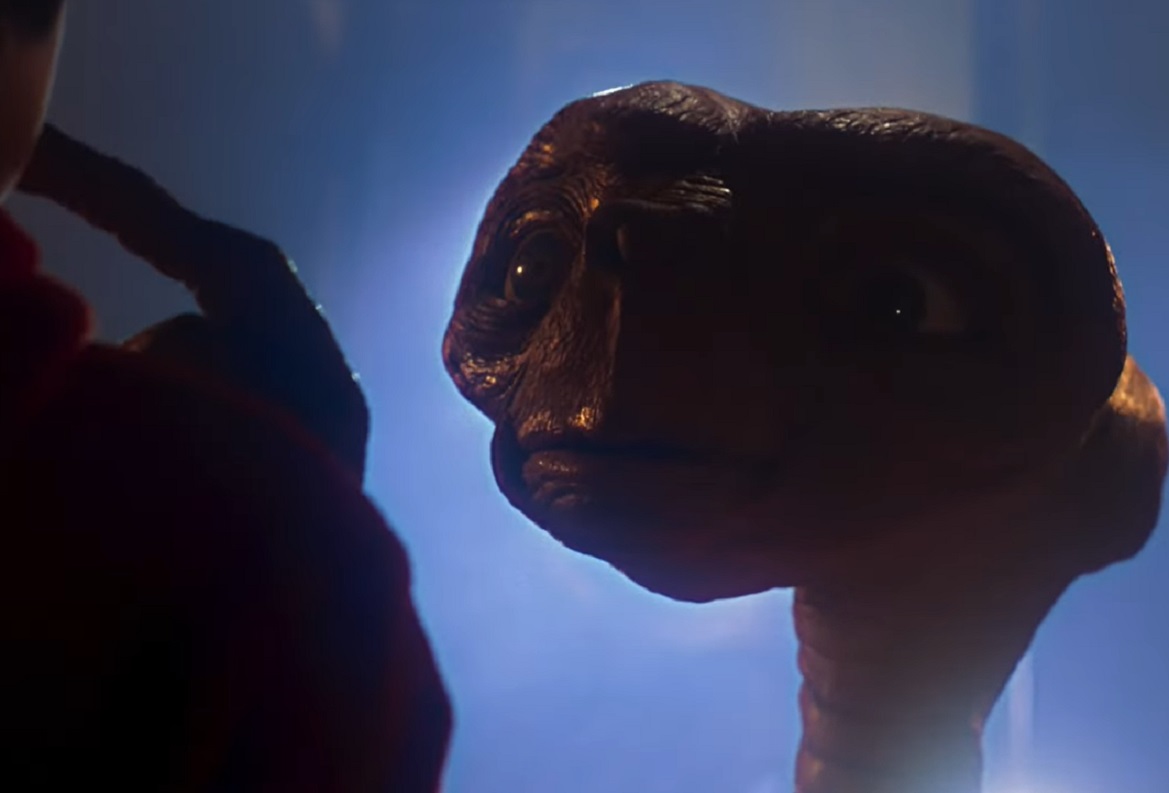 Universal, E.T. the Extra-Terrestrial (1982)
Universal, E.T. the Extra-Terrestrial (1982)
Citizen Kane (1941)
Citizen Kane follows the journey of a reporter on a quest to find out why Charles Kane, the namesake of the film, a businessman uttered the word “Rosebud” as his final word. It’s an exploration of Kane’s life and why “Rosebud”, whatever it is, mattered so much. The ending of the film reveals why Kane chose “Rosebud” as his last word, in a way that humanizes the business magnate and brings his personality back to earth for the audience.
Rocky (1976)
It’s only fitting that one of the greatest boxing movies of all time makes this list. Rocky’s ending isn’t one of penultimate triumph over his opponent, Apollo Creed. Instead, it depicts a bloody and battered Rocky earning the respect and admiration of his opponent and the crowd. He even declares his love for a woman named Adrian, a prominent figure throughout the movie, in an iconic moment that sets the film apart from other zero-to-hero films of the day.
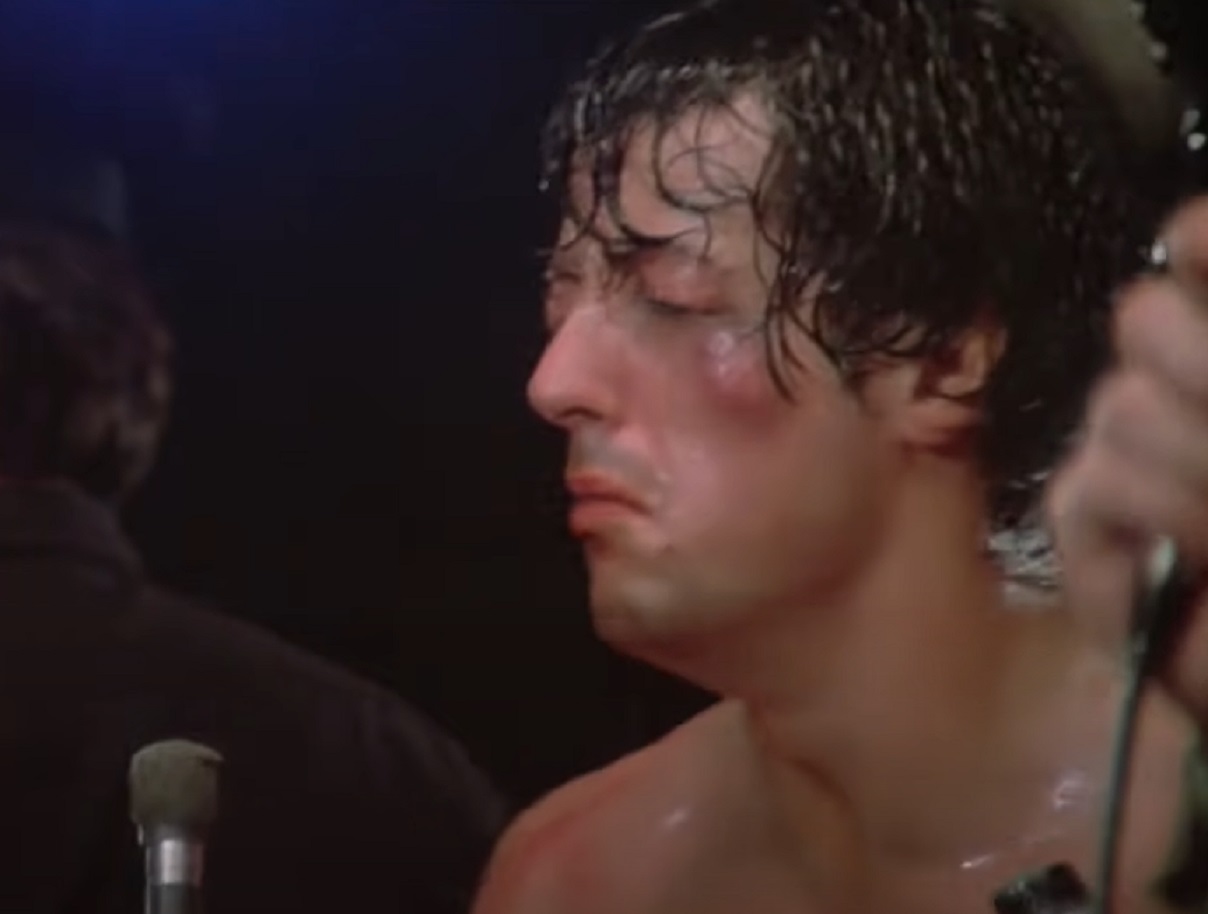 Chartoff-Winkler Productions, Rocky (1976)
Chartoff-Winkler Productions, Rocky (1976)
The Sixth Sense (1999)
This late 90’s psychological thriller sees Malcolm, played by Bruce Willis, a child psychologist working with a young boy who sees ghosts, Cole. Their work together culminates in Malcolm being able to communicate with his wife, who was killed during a home invasion, in which Malcolm also died. This allows Malcolm to say a proper goodbye to his wife through Cole, in an emotional twist on a 90’s classic.
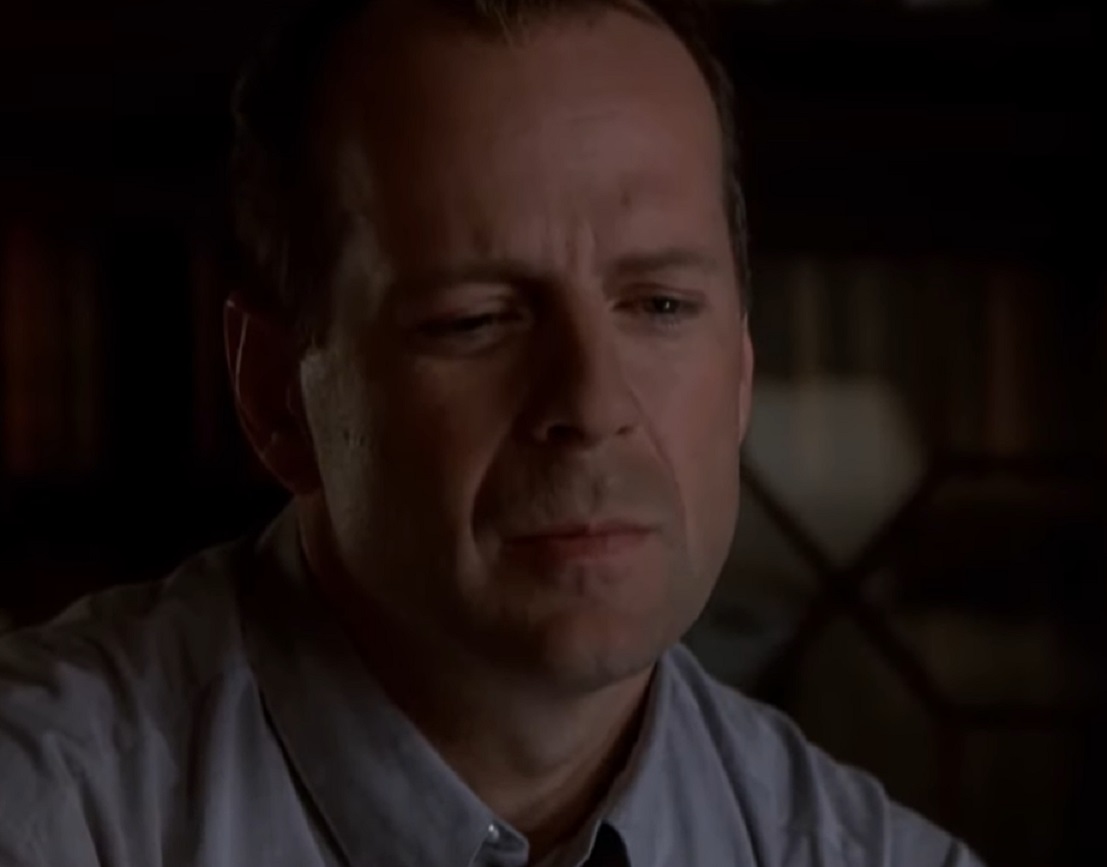 Hollywood Pictures, The Sixth Sense (1999)
Hollywood Pictures, The Sixth Sense (1999)
The Shawshank Redemption (1994)
The Shawshank Redemption is one of the most iconic films of all time, with one of the best endings of all time. Andy, a banker convicted of murdering his wife and her lover, is sent to Shawshank prison for two consecutive life sentences. Whilst there, he meets Red. Red is the prison’s smuggler. For 19 years Andy plots and successfully executes his escape from Shawshank, taking with him evidence of the governor’s corruption. When Red is released from Shawshank the following year, he and Andy meet up in Mexico, in a wonderful ‘full-circle’ happy ending.
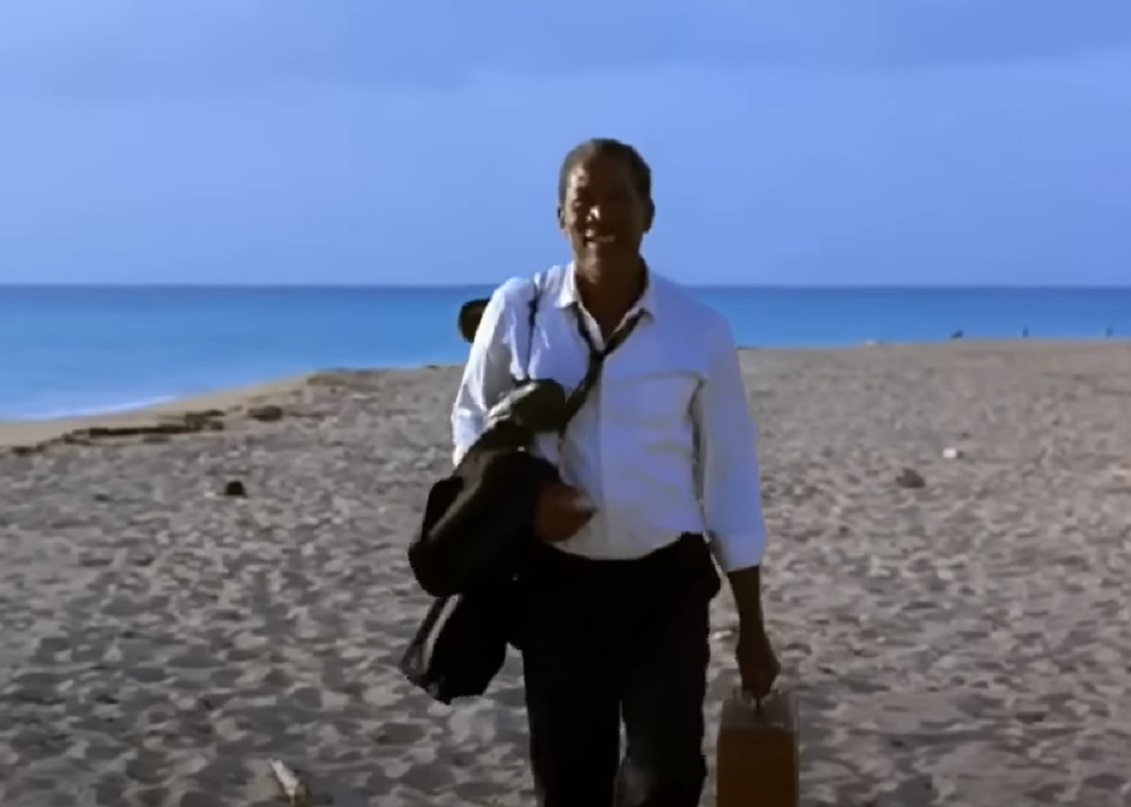 Castle Rock Entertainment, The Shawshank Redemption (1994)
Castle Rock Entertainment, The Shawshank Redemption (1994)
Night of the Living Dead (1968)
The Night of the Living Dead, a 1960s film, stood out for featuring a black lead, Duane Jones as Ben. The story follows Ben as he navigates surviving a night in a farmhouse while others are eaten by zombies. A group of ghoul-hunters kills him, sparking questions about whether they saw him as less human due to his race. The film's end credits focus on racial commentary, leaving viewers contemplating the themes.
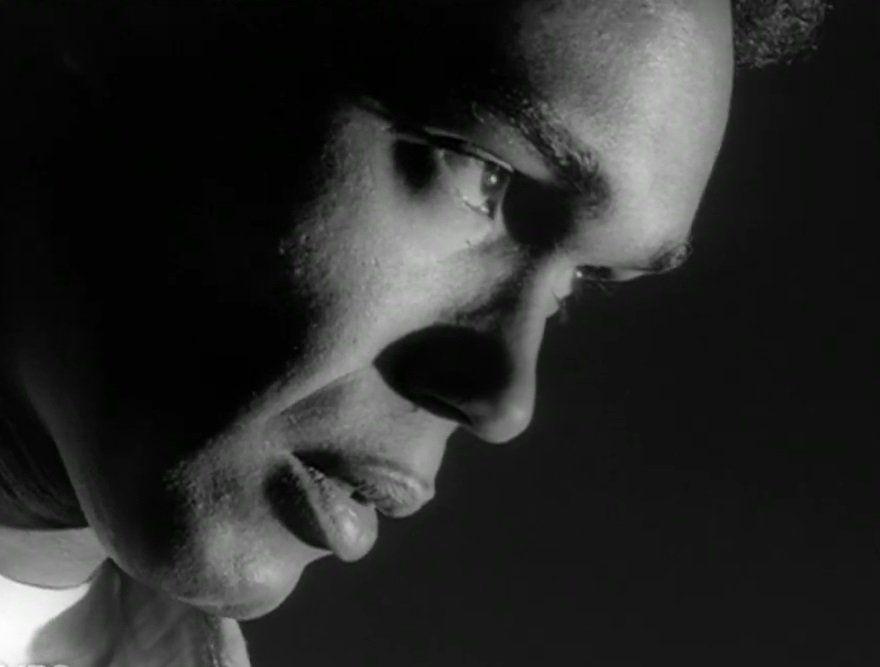 Image Ten, Night of the Living Dead (1968)
Image Ten, Night of the Living Dead (1968)
Grizzly Man (2005)
Werner Herzog’s documentary about the life of Timothy Treadwell is a fascinating dive into the lives of those who choose to devote their lives to the company and friendship of wild animals. In Timothy’s case, grizzly bears. The ending of Grizzly Man shows Herzog and a friend of Treadwell’s listening to the audio tape of his final moments, as Timothy Treadwell and his partner are killed by the very grizzlies they befriend.
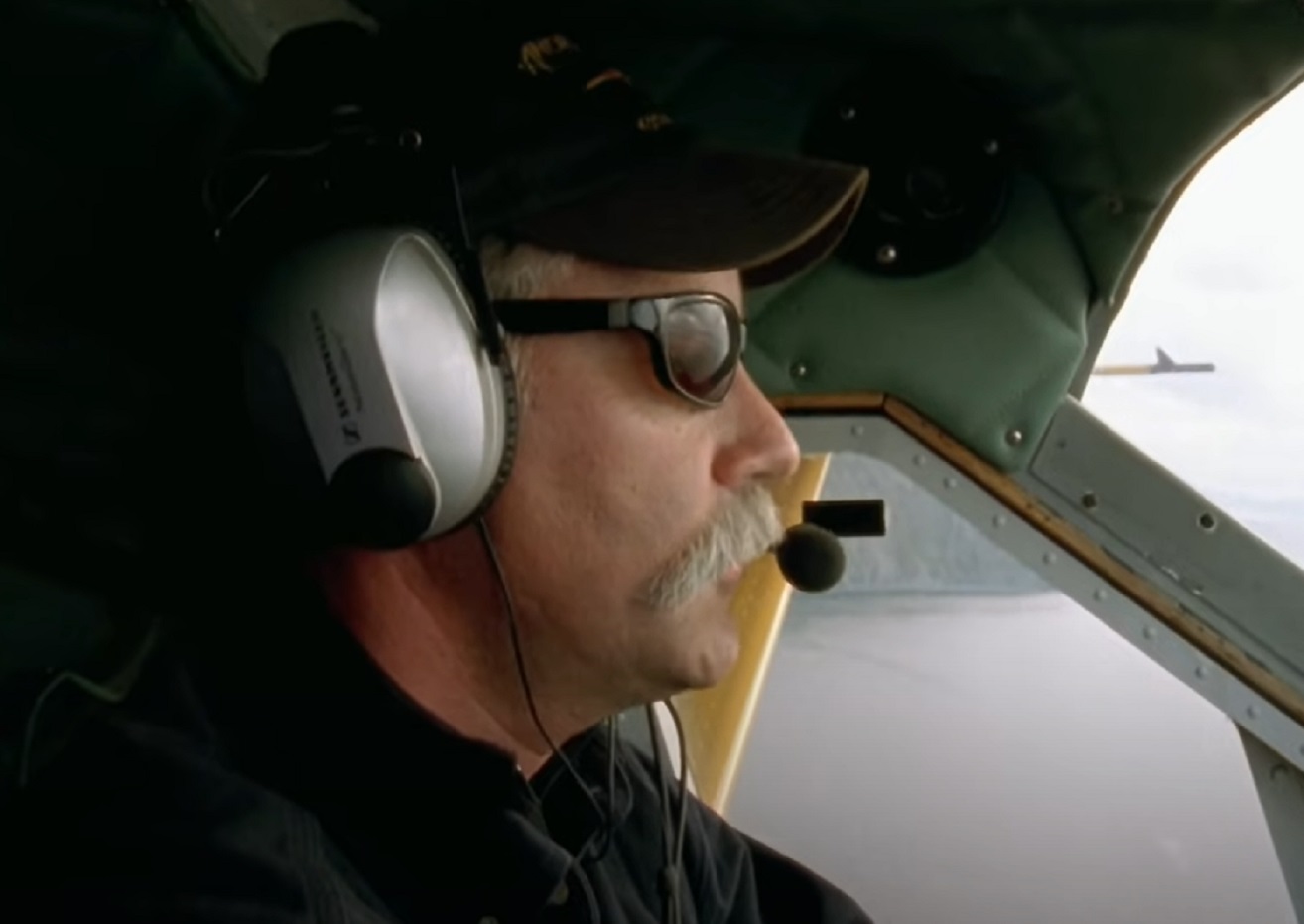 Lionsgate Films, Grizzly Man (2005)
Lionsgate Films, Grizzly Man (2005)
Us (2019)
Jordan Peele (best known for his comic work as one half of Key and Peele) is the director of Us, a horror flick about a family of four fighting off masked intruders in their family’s beachfront homestead, coupled with the main character’s grapple with traumatic experiences of her past. The film ends with Adelaide (played by Lupita Nyong’o) holding hands and skipping with an alternative version of herself in another strange twist to a very, very strange film.
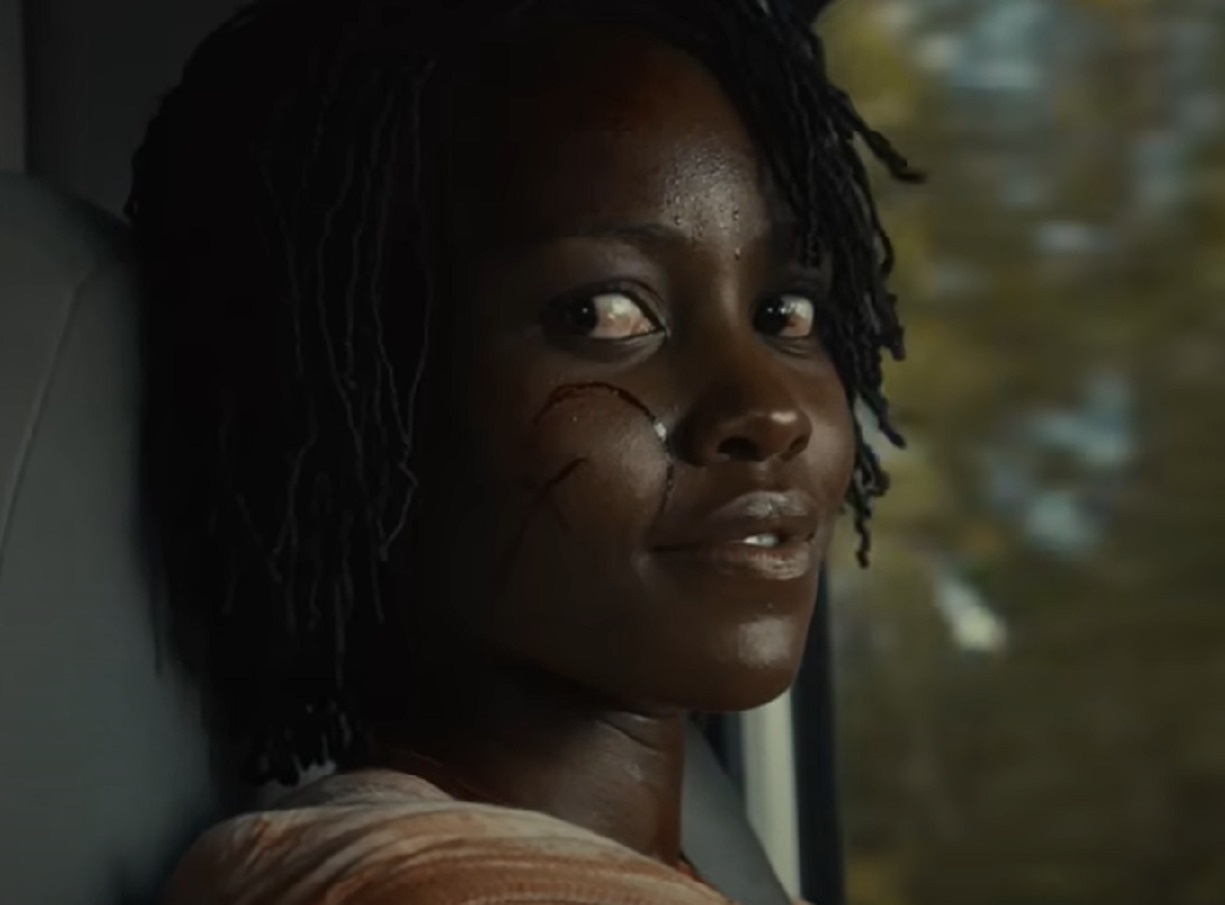 Monkeypaw Productions, US (2019)
Monkeypaw Productions, US (2019)
Blazing Saddles (1974)
Mel Brooks’ classic Blazing Saddles has a memorable ending because it reminds the audience of what they already know: the movie is filmed in a Hollywood studio backlot, as the final shots feature panning out from the all-guns-blazing town-wide shootout as our two main characters crash through the stage of the studio and begin brawling with the extras shooting another show—right on Hollywood Boulevard.
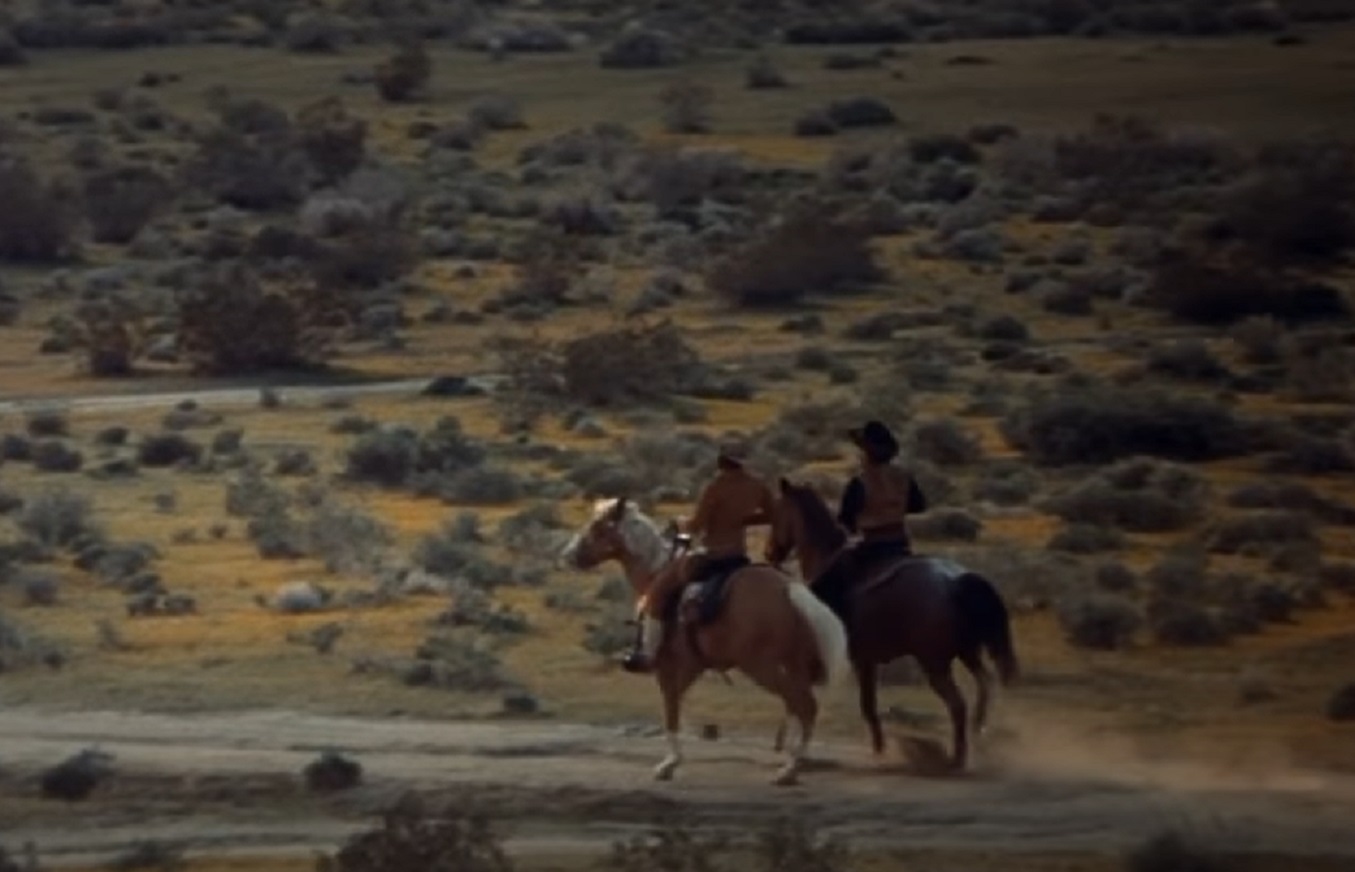 Warner Bros., Blazing Saddles (1974)
Warner Bros., Blazing Saddles (1974)
Brazil (1985)
Universal Studios derided this epic dystopian space drama from the mid-1980s for being too long. The film was two hours and 22 minutes long but was made ten minutes shorter for the American release. The movie ends with the main character, Sam Lowry, escaping his captors and thinking he’s reuniting with the love of his life: however, it is shortly revealed to be a delusion of his torture-ridden brain. It is heartbreaking for Sam and the audience.
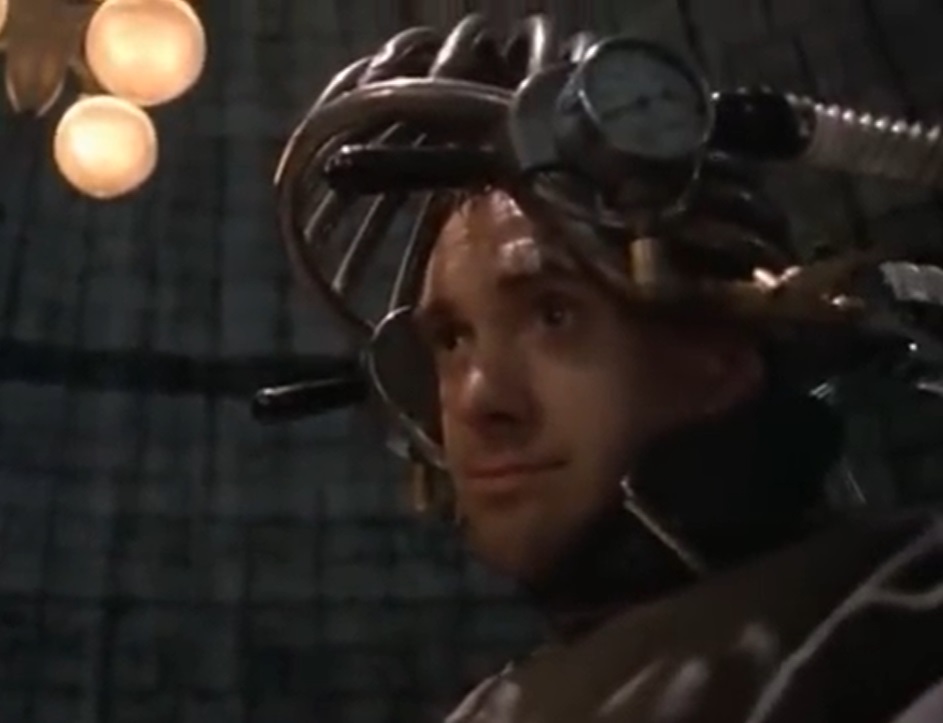 Embassy International Pictures, Brazil (1985)
Embassy International Pictures, Brazil (1985)
American Grafitti (1973)
American Grafitti starring Richard Dreyfuss had a memorable ending as it set the one for textual summaries of the lives of the main characters following the conclusion of the movie, in which their stories are left open, blank canvases. While it wasn’t the first movie to make textual conclusions about the main character’s lives as part of its ending sequence, it paved the way for other movies to do the same—films such as Animal House and Stand By Me.
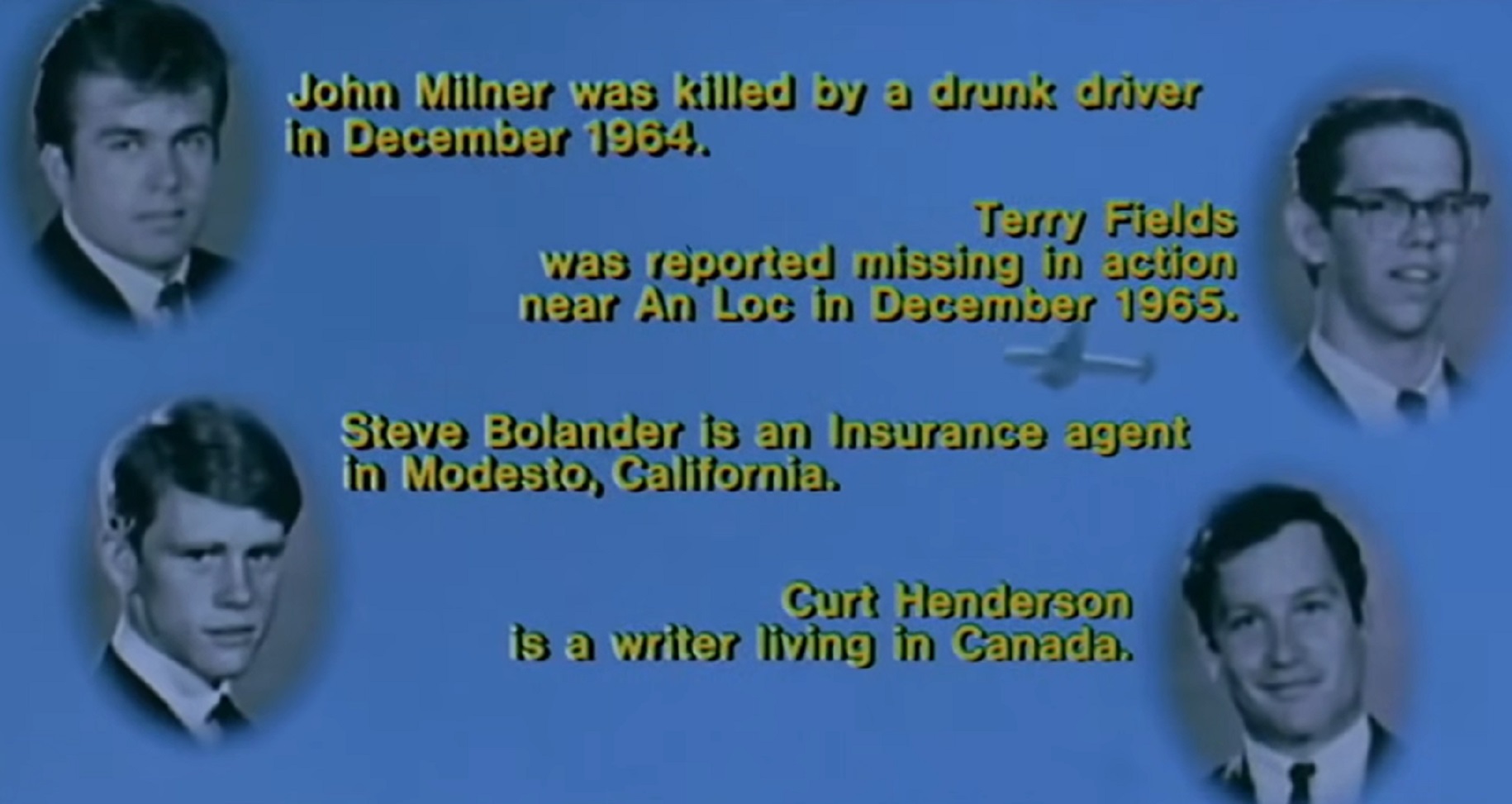 Universal, American Graffiti (1973)
Universal, American Graffiti (1973)
A Moment of Innocence (1996)
Mohsen Makhalmbaf’s docudrama is an attempt to recreate a moment of his youth when as a young anti-Shah protestor, he stabbed a policeman (who survived). Nearly 20 years later, following his release from prison and reuniting with the policeman, the film ends rather suddenly in a freeze-frame that has the audience captivated and wondering what happened next: the ultimate cliffhanger.
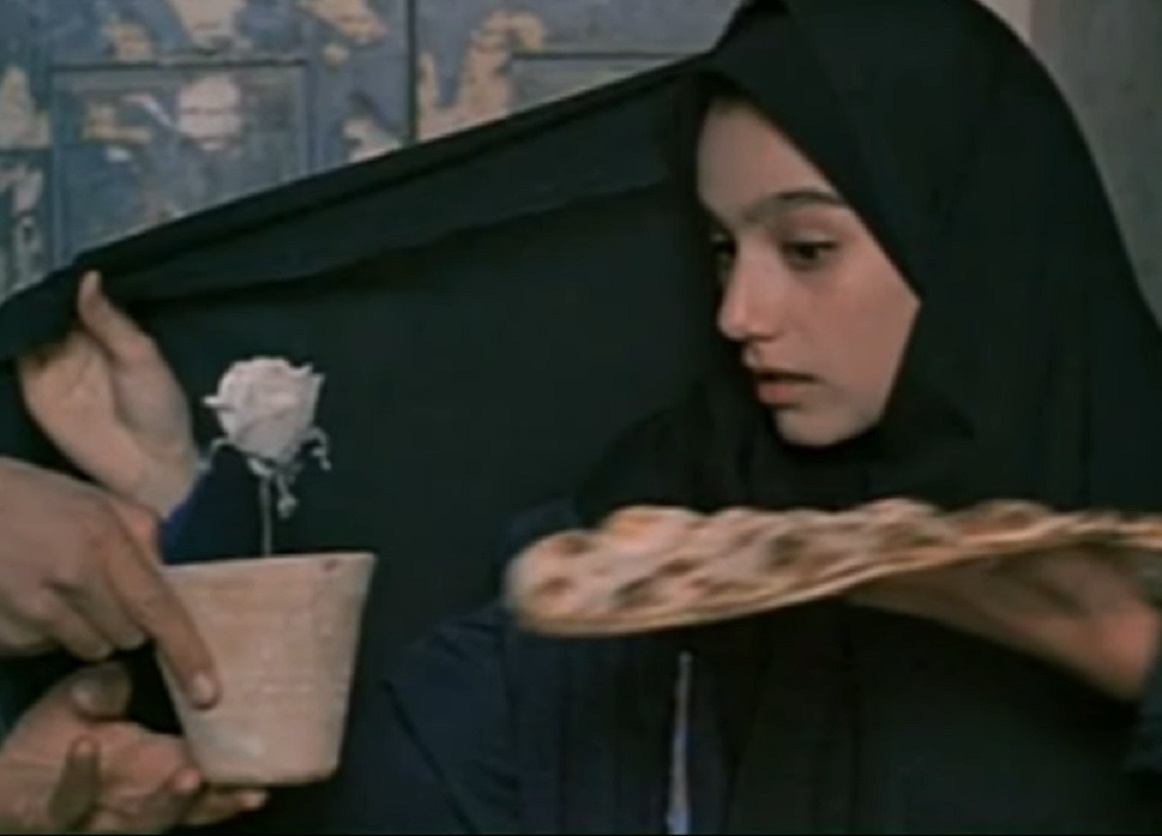 MK2 Productions, A Moment of Innocence (1996)
MK2 Productions, A Moment of Innocence (1996)
The Wicker Man (1975)
The Wicker Man is a Hollywood classic horror film, that centers around Detective Neil Howie, who has been summoned by the villagers of Summerisle to investigate the disappearance of a young girl. However, all is not as it seems and Howie slowly realises (throughout the movie) that it has all been an elaborate plot by the villagers to capture and burn him to death in their giant manmade statue of a wicker man.
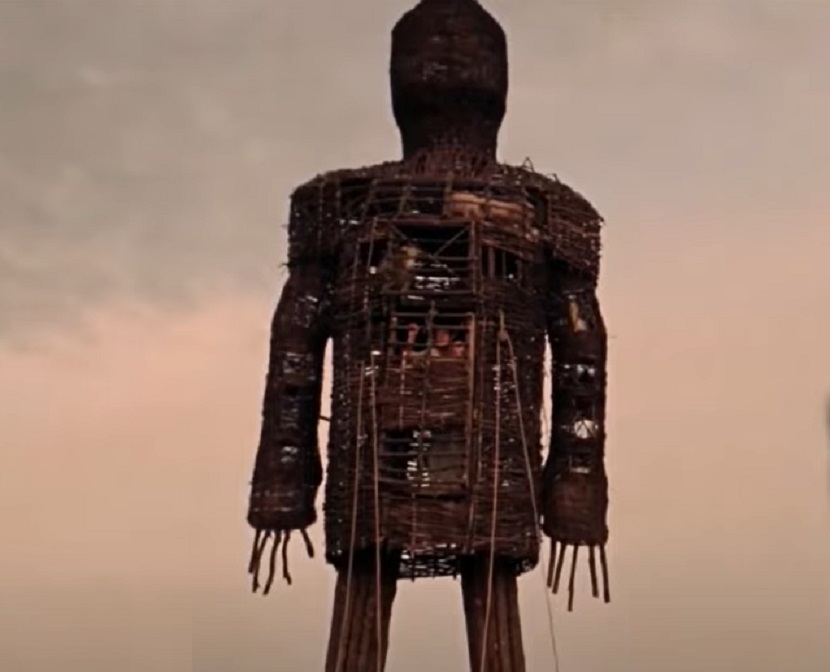 British Lion Film Corporation, The Wicker Man (1973)
British Lion Film Corporation, The Wicker Man (1973)
The Vanishing (1988)
The Vanishing tells the story of a woman who vanishes while on vacation with her husband at a rest stop and despite his best efforts, the husband is unable to locate her and eventually moves on with his life. Many years later, a stranger contacts the man and claims to be the kidnapper, agreeing to tell him everything that happened to his wife, if he agrees to undergo everything she went through. The man agrees. As the film draws to a close, the man drinks a cup of spiked coffee and wakes up in a box, buried alive, as we finally learn what happened to his dead lover in a shocking twist.
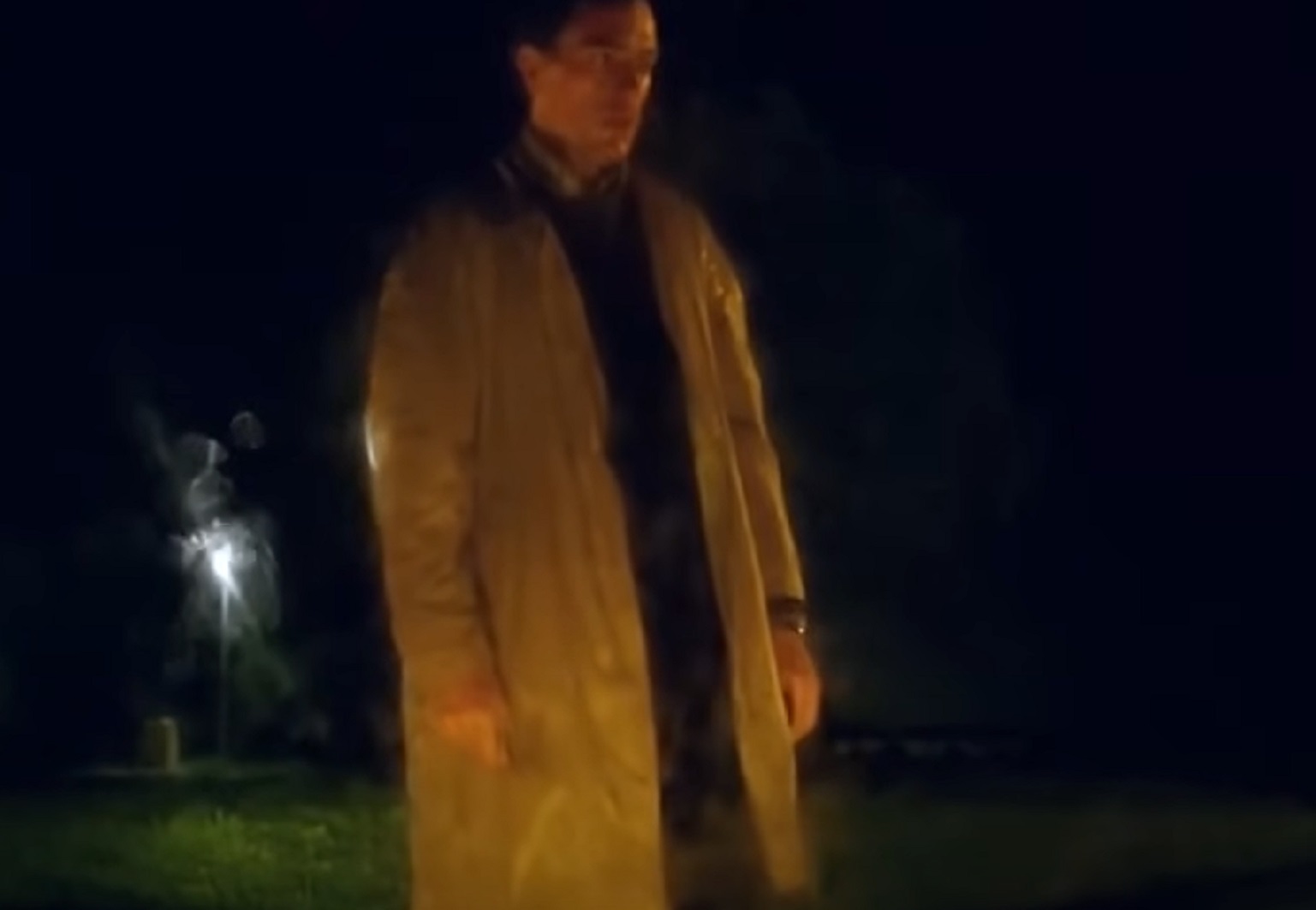 Argos Films, The Vanishing (1988)
Argos Films, The Vanishing (1988)
City Lights (1931)
That Charlie Chaplin classic ending that we’ve all seen somewhere, but can’t quite figure out where. City Lights tells the story of an unrequited love Tramp, Chaplin’s main character, just released from prison, reunites with a woman whom he had been helping (as she was blind at the time). She recognizes him by the touch of his hands from before she regained her sight. “You can see now?” he asks. She confirms it. And Chaplin’s smile might last for eternity in the audience’s mind.
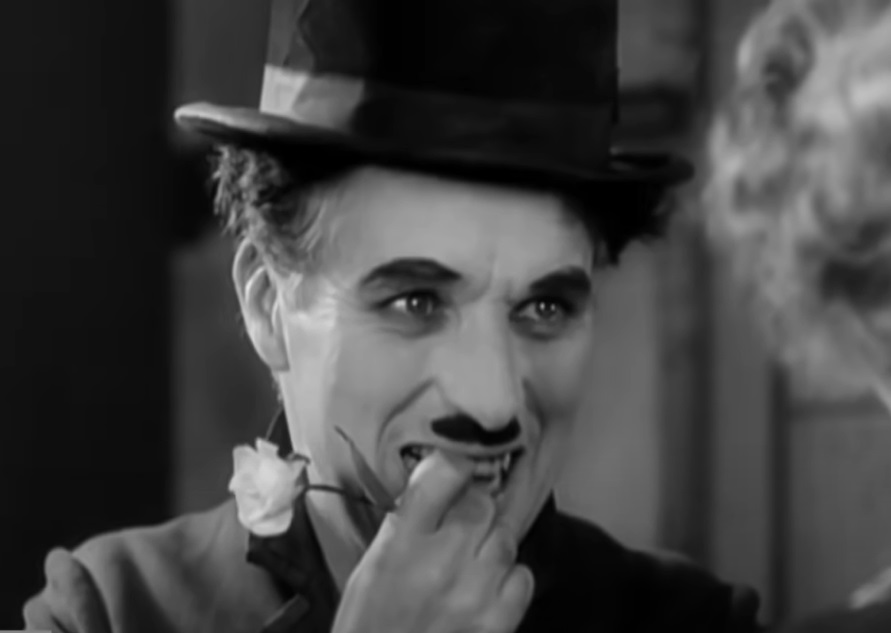 Charles Chaplin Productions, City Lights (1931)
Charles Chaplin Productions, City Lights (1931)
The Birds (1963)
Alfred Hitchcock’s The Birds is another of his classic horror films that leaves many unanswered questions. After surviving a night of attack by The Birds, Tippi Hedren and Rod Taylor leave their hidey-hole in the morning only to be surrounded by birds. Birds that just sort of sit there and stare. Unperturbed by their presence. The viewer is left wondering as the pair walk away, whether the danger of the birds is over, or whether they’ll attack again at any moment. The intensity of the ending is classic Hitchcock.
Heat (1995)
Heat is one of the classic films of the 1990s and the ending is the perfect culmination of the cat-and-mouse game between a detective played by Al Pacino and his arch-rival, master thief played by Robert De Niro. There are almost no words exchanged between the two as De Niro’s character expires before Pacino’s eyes. Pacino holds his hand, almost comfortingly, respectfully. It’s a powerful scene to end a classic.
The Green Mile (1999)
There are fewer more powerful moments in recent modern cinema than that of the final moments of The Green Mile. John Coffey is sentenced to be electrocuted for a crime that he did not commit. The final scene depicts the execution, with Tom Hanks giving the final orders to end Coffey’s life. Tears streaming down the faces of the guards who are tasked with executing an innocent man.
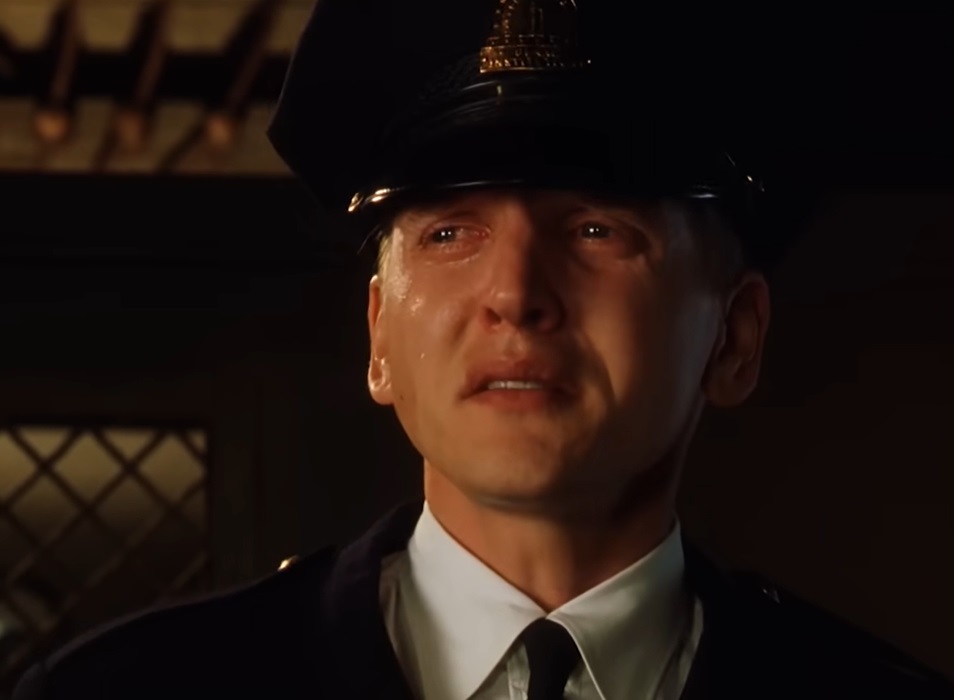 Warner Bros. The Green Mile (1999)
Warner Bros. The Green Mile (1999)
The Thing (1982)
The Thing is yet another horror movie classic by John Carpenter, starring Kurt Russell as protagonist MacReady. At the end of the film, both MacReady and a character named “Childs”, are each wondering if the other is “The Thing”—a being that can inhabit a human body. They share a bottle of liquor and laugh maniacally, understanding that if either are The Thing, nobody can survive.
Point Break (1991)
Point Break stars Keanu Reeves as FBI Agent Johnny Utah chasing his arch-nemesis, Bodhi, played by Patrick Swayze. In the climax, Utah lets Bodhi go, leading to a dramatic showdown on an Australian shore during a massive storm. Mother Nature emerges victorious.


